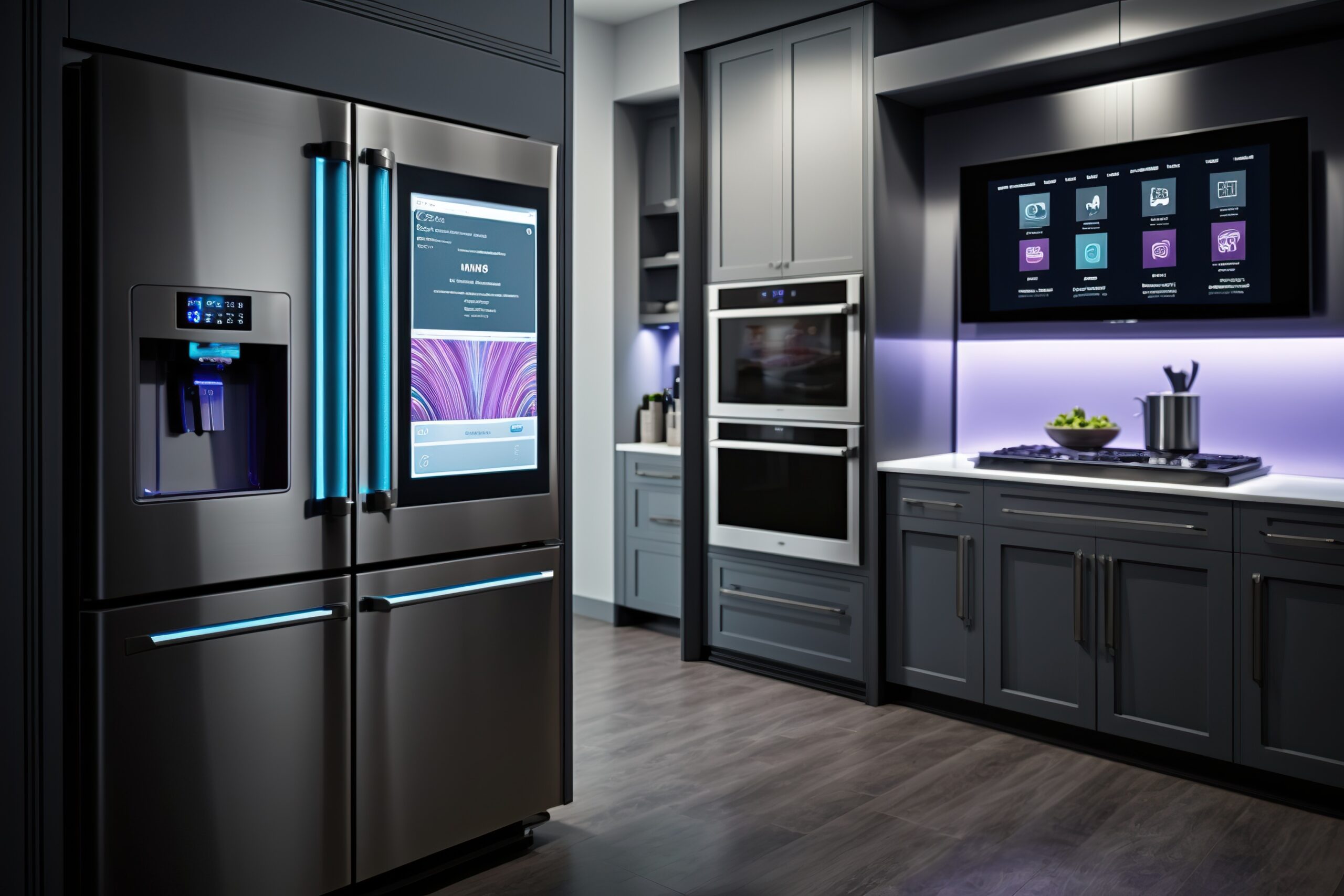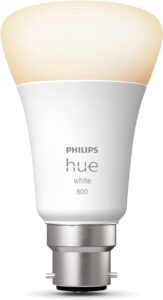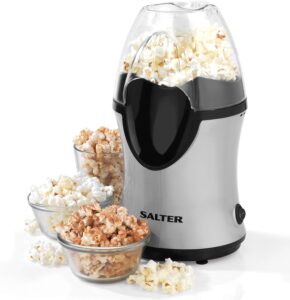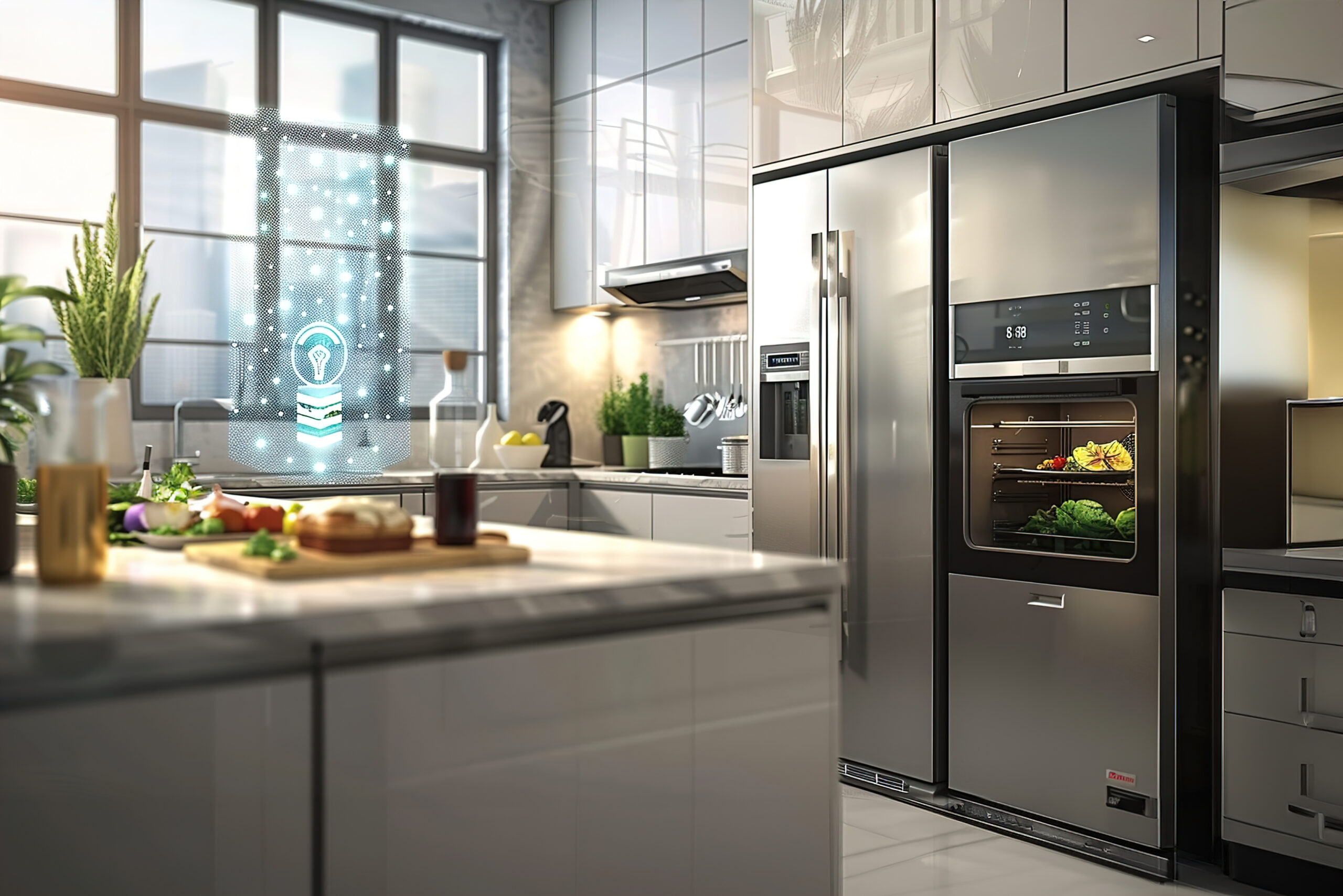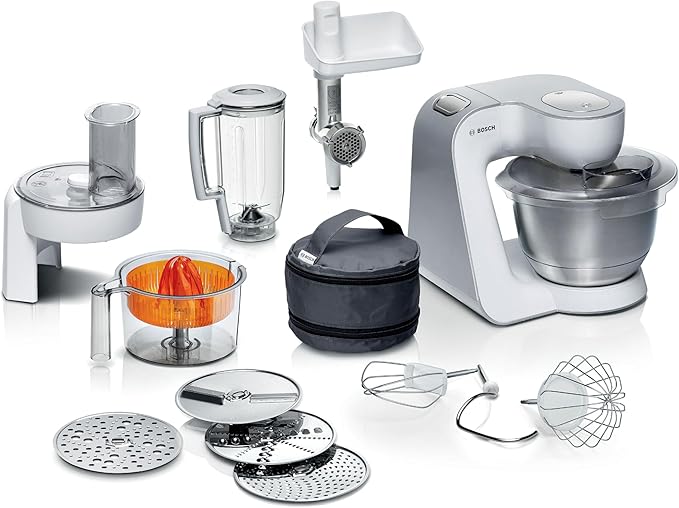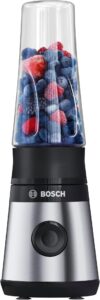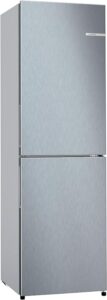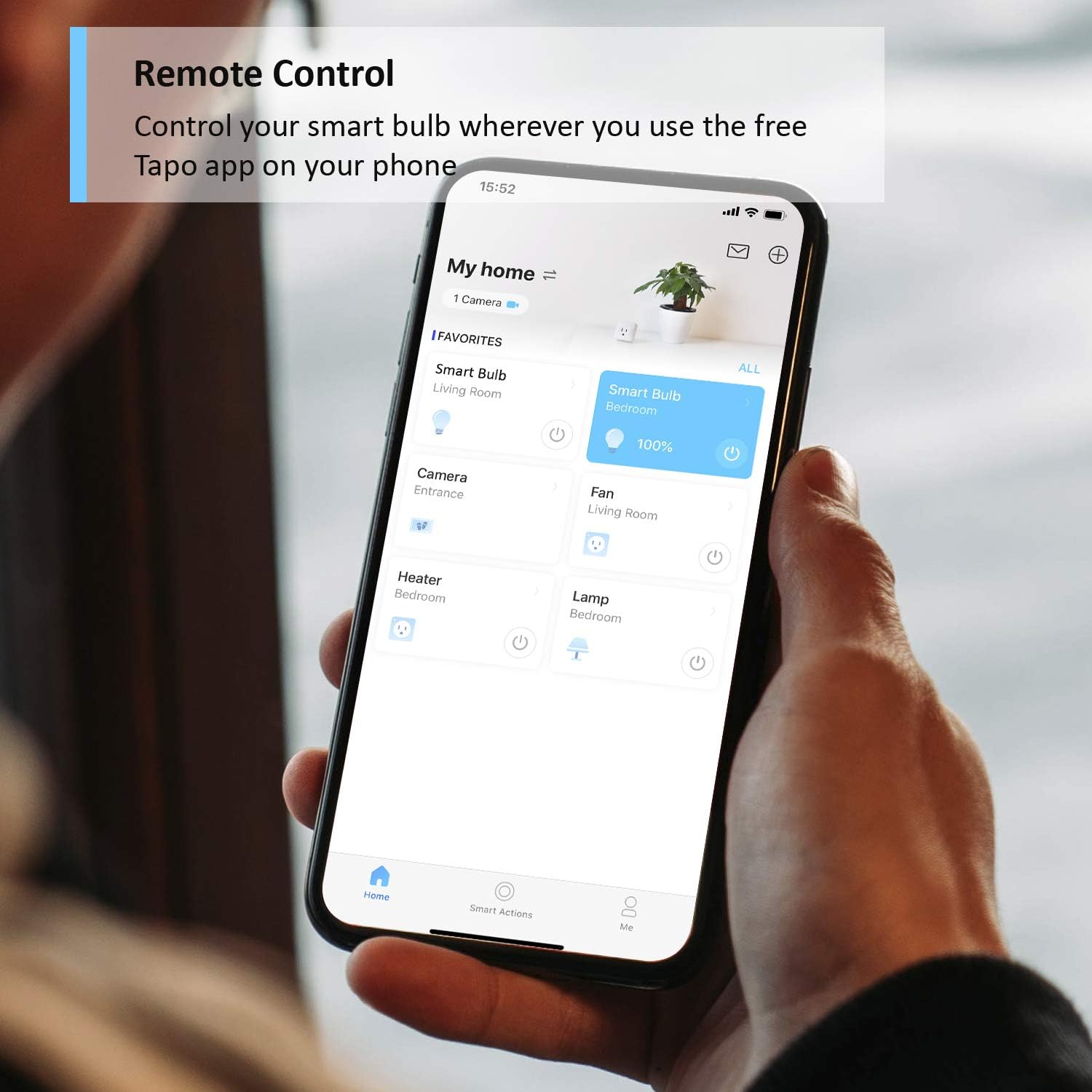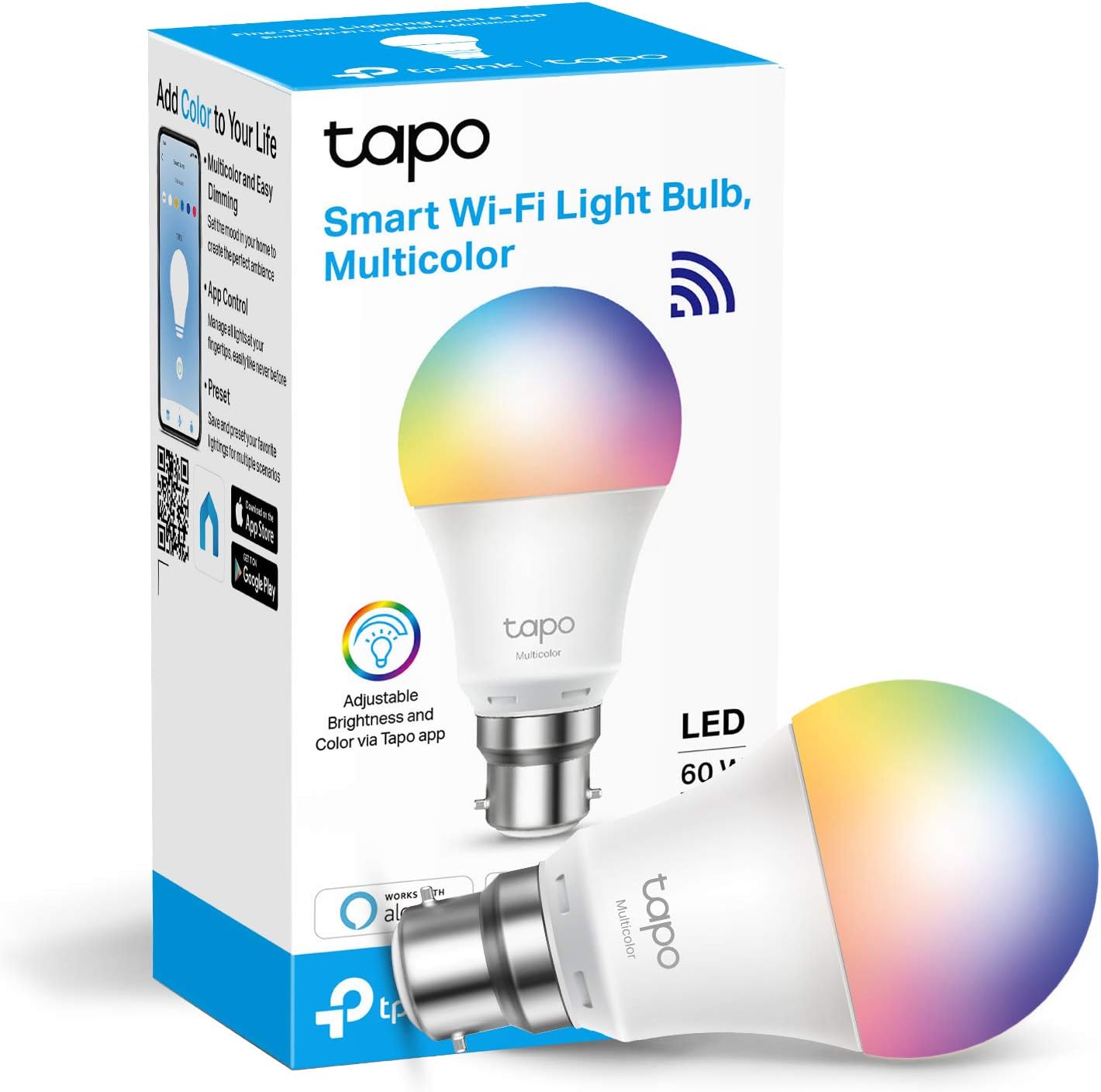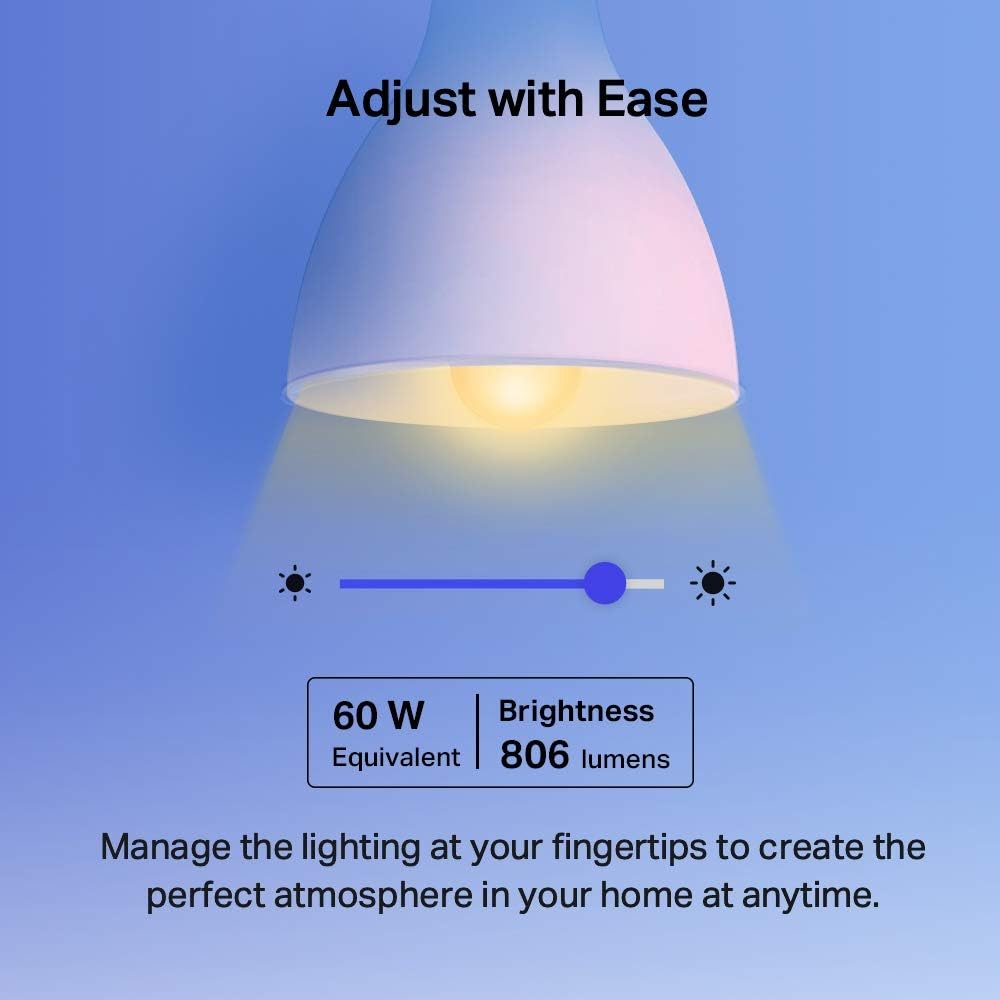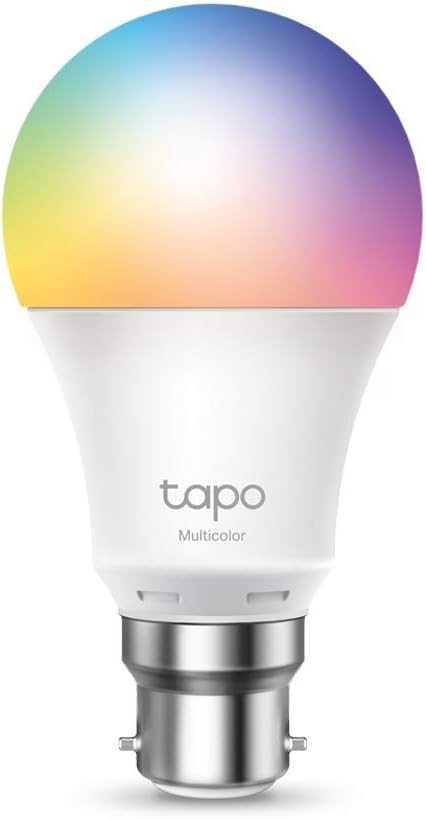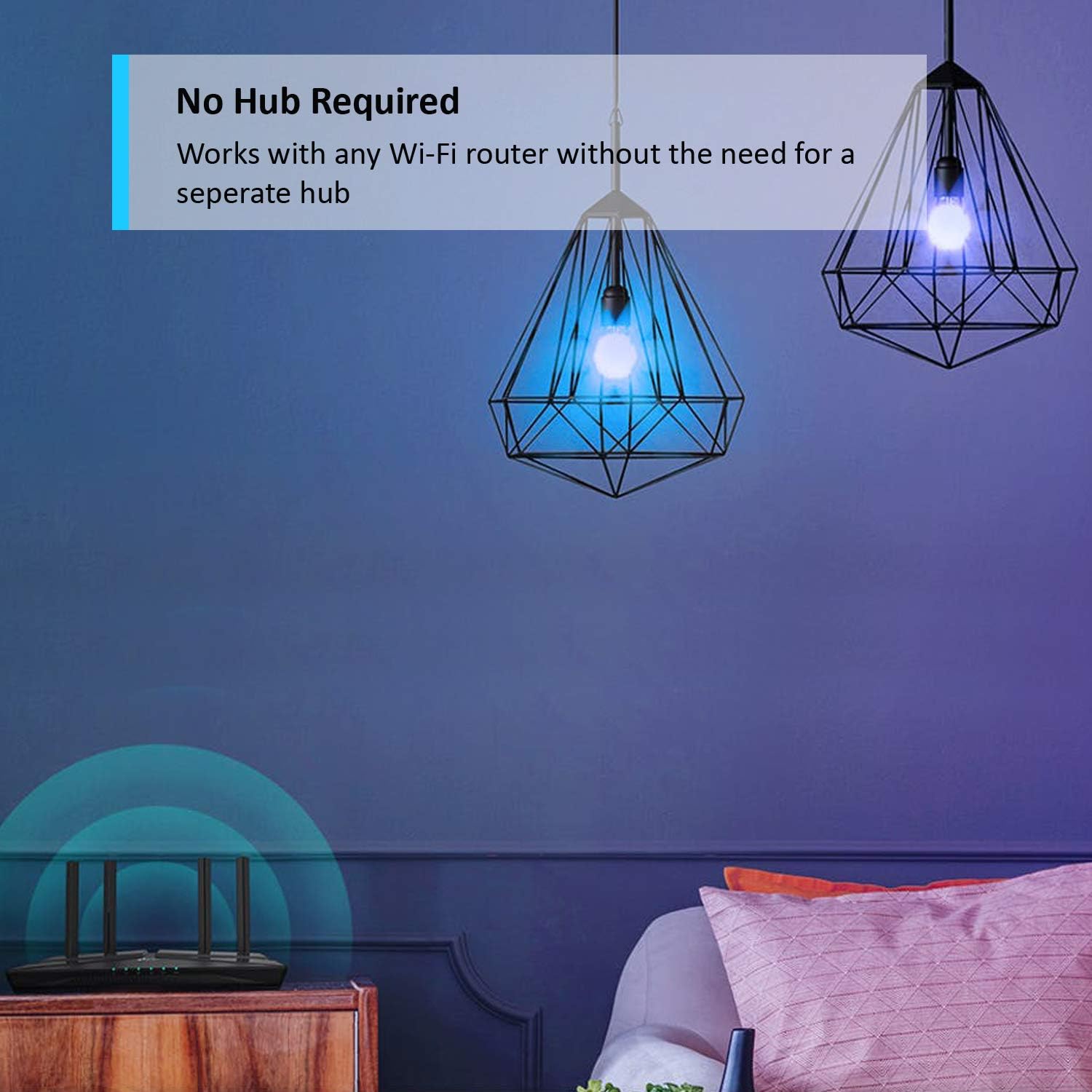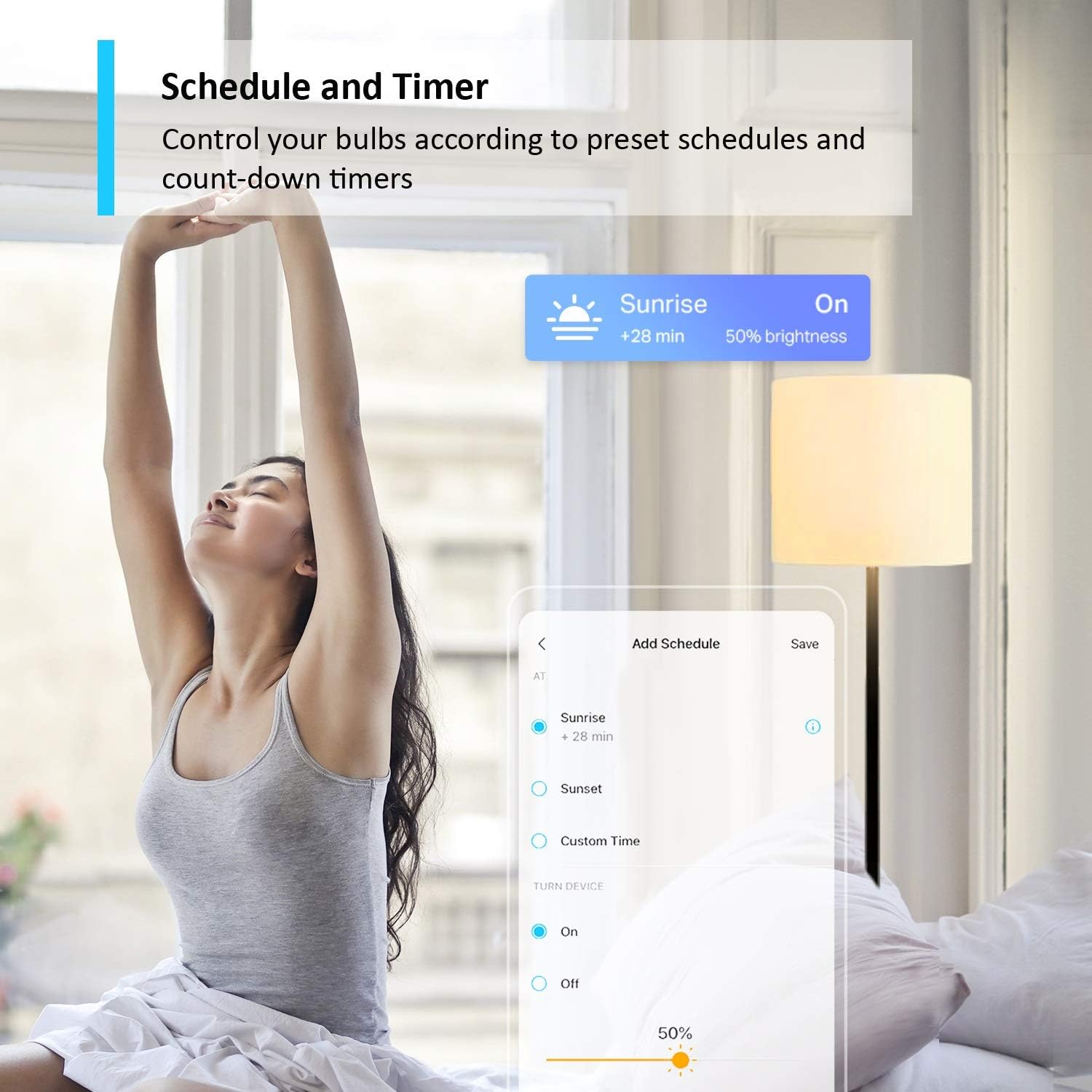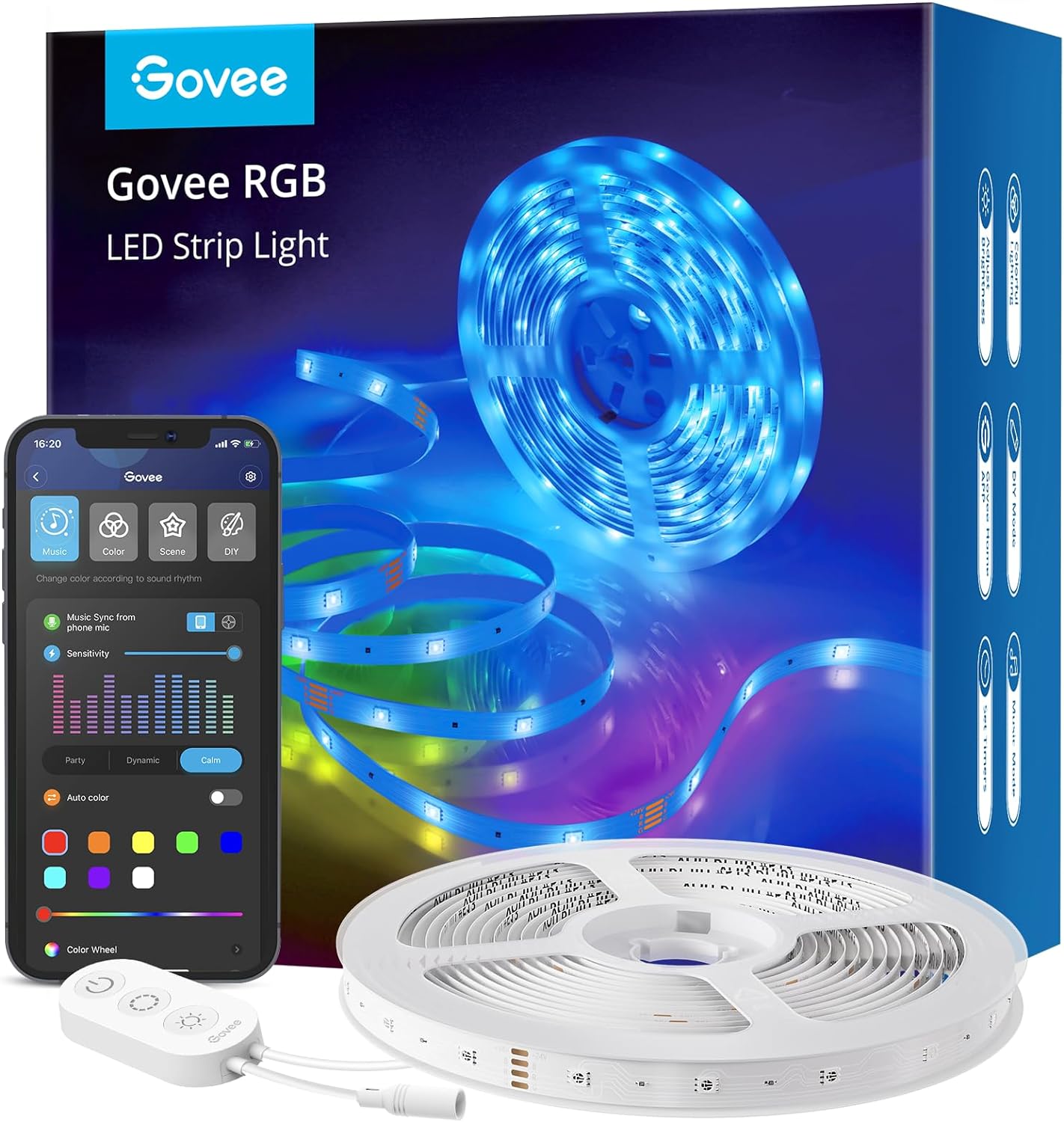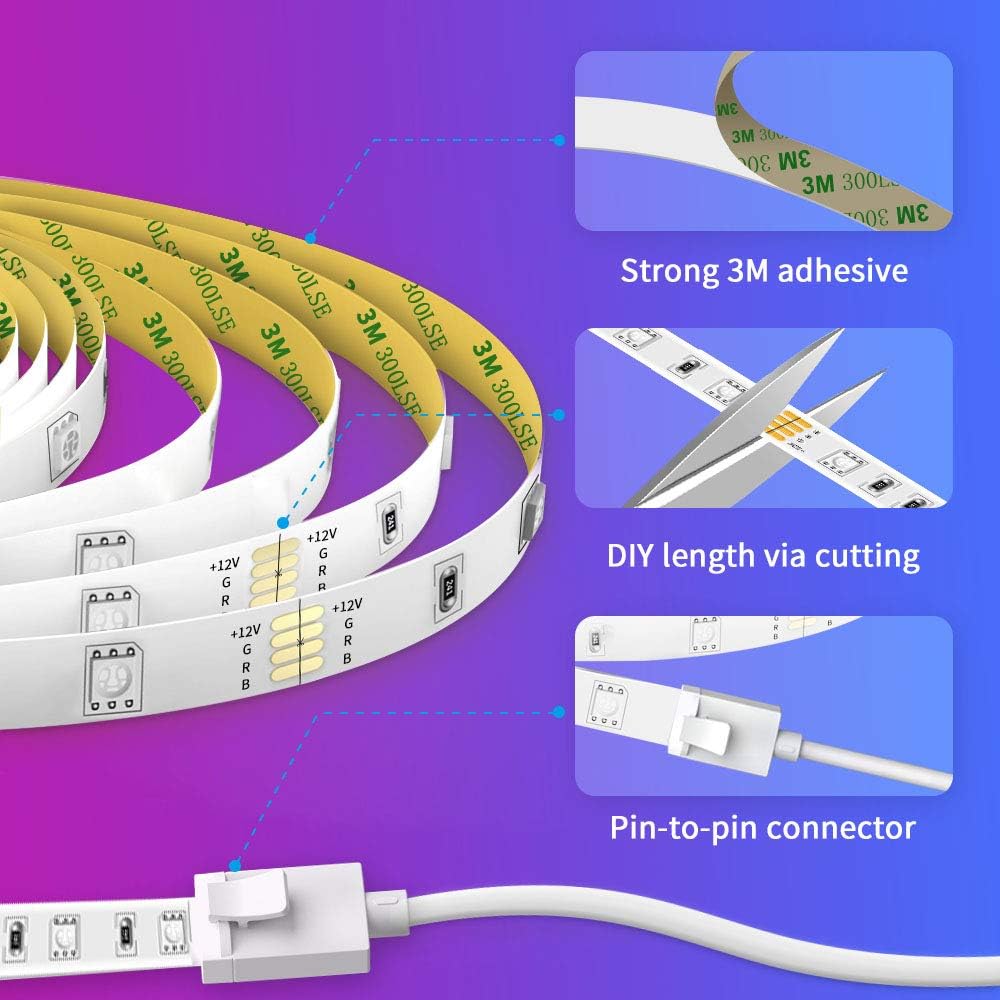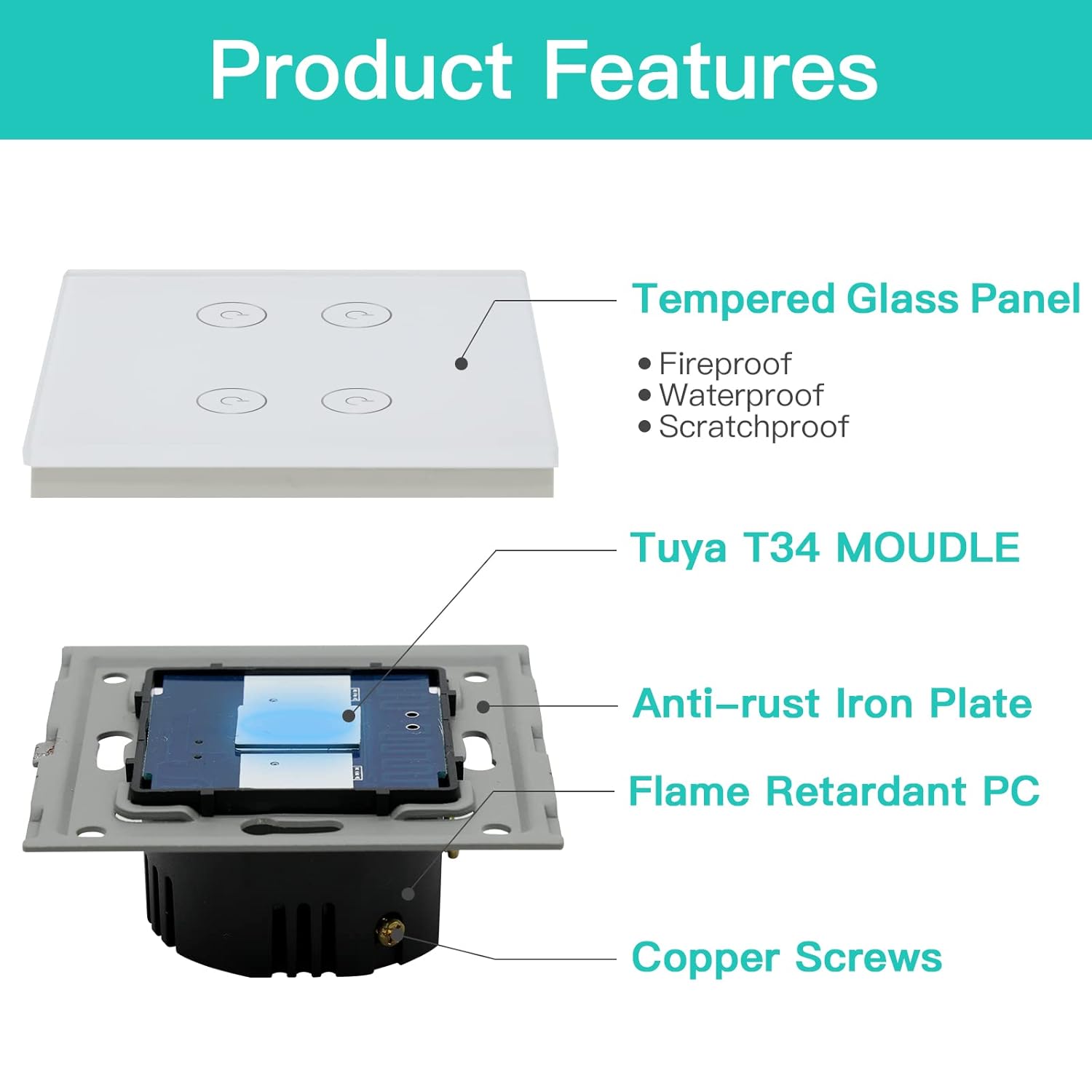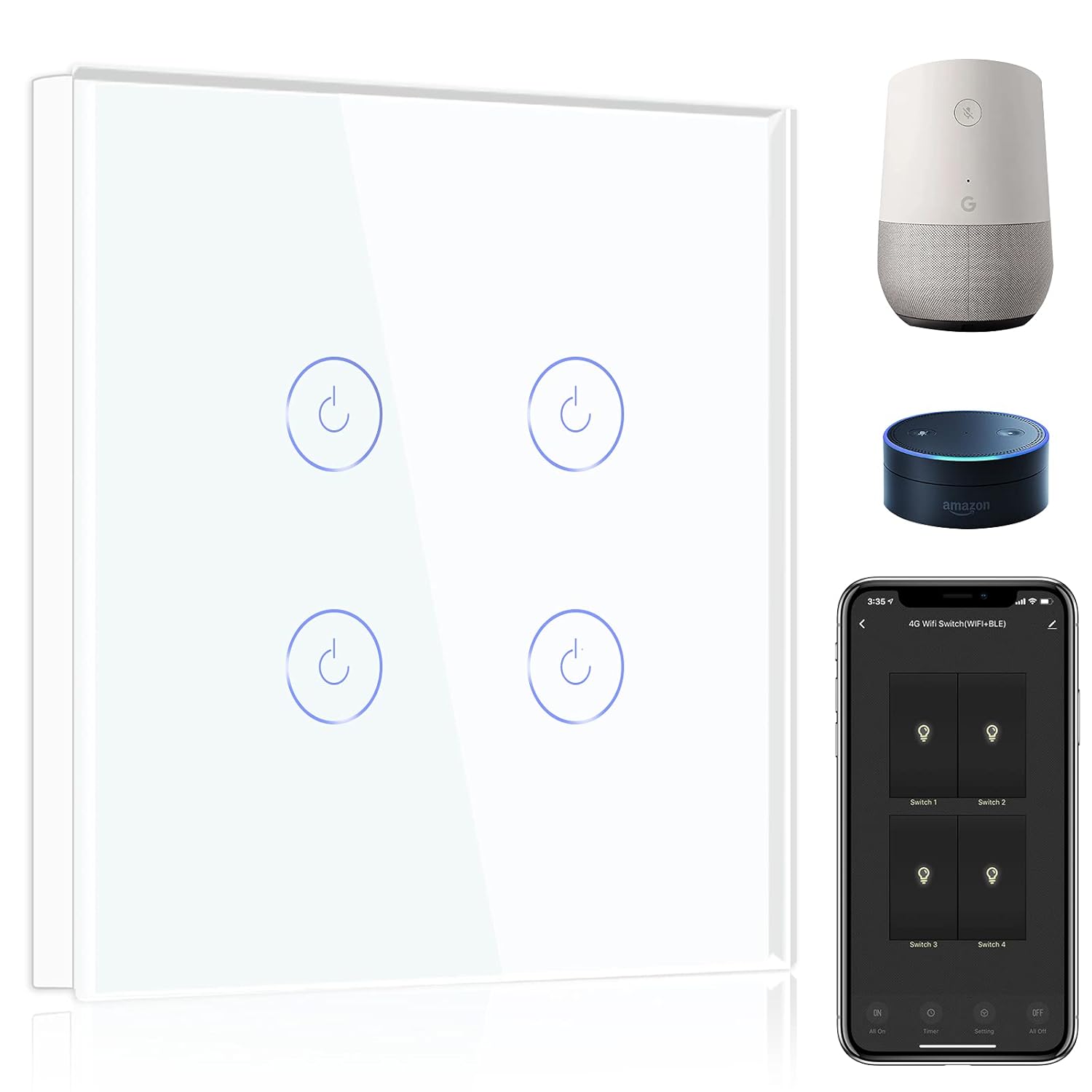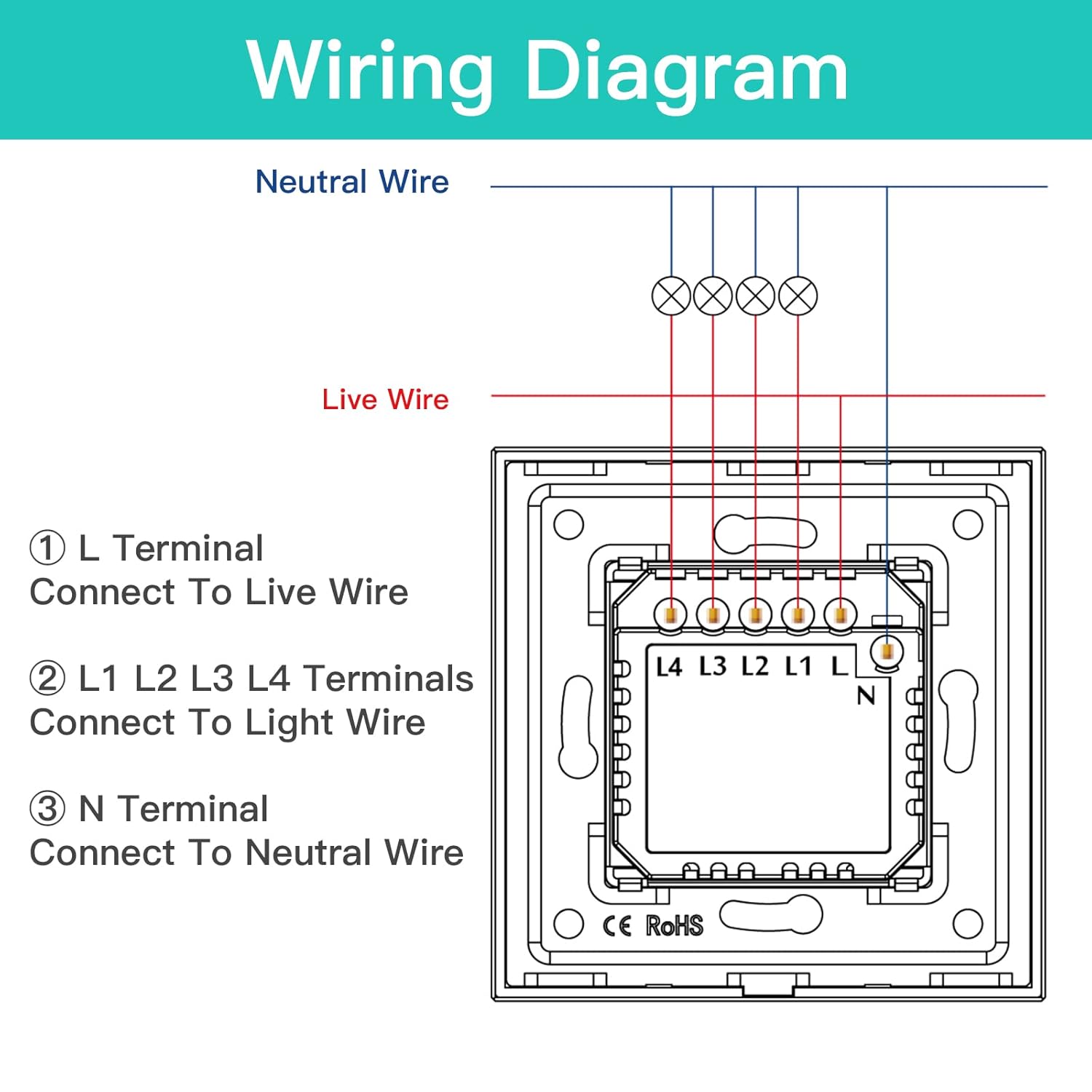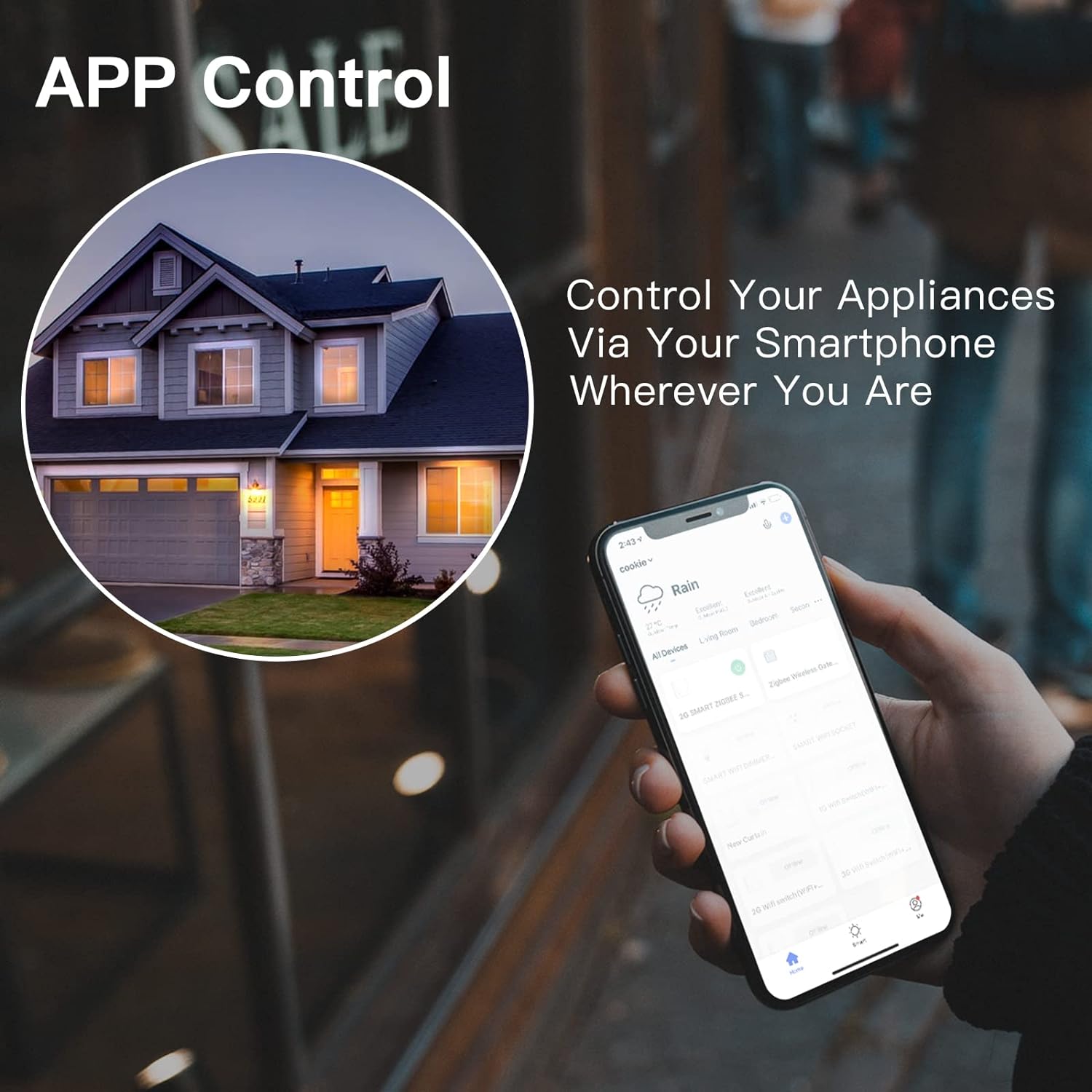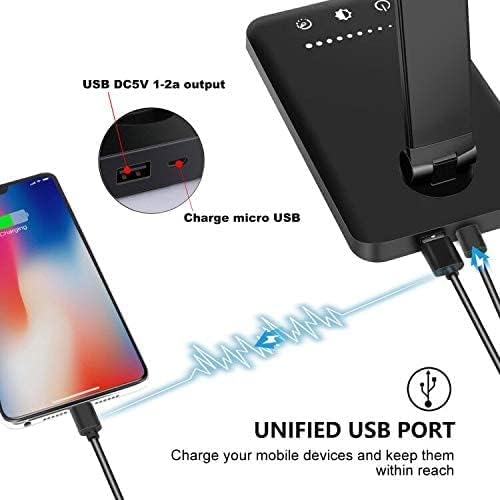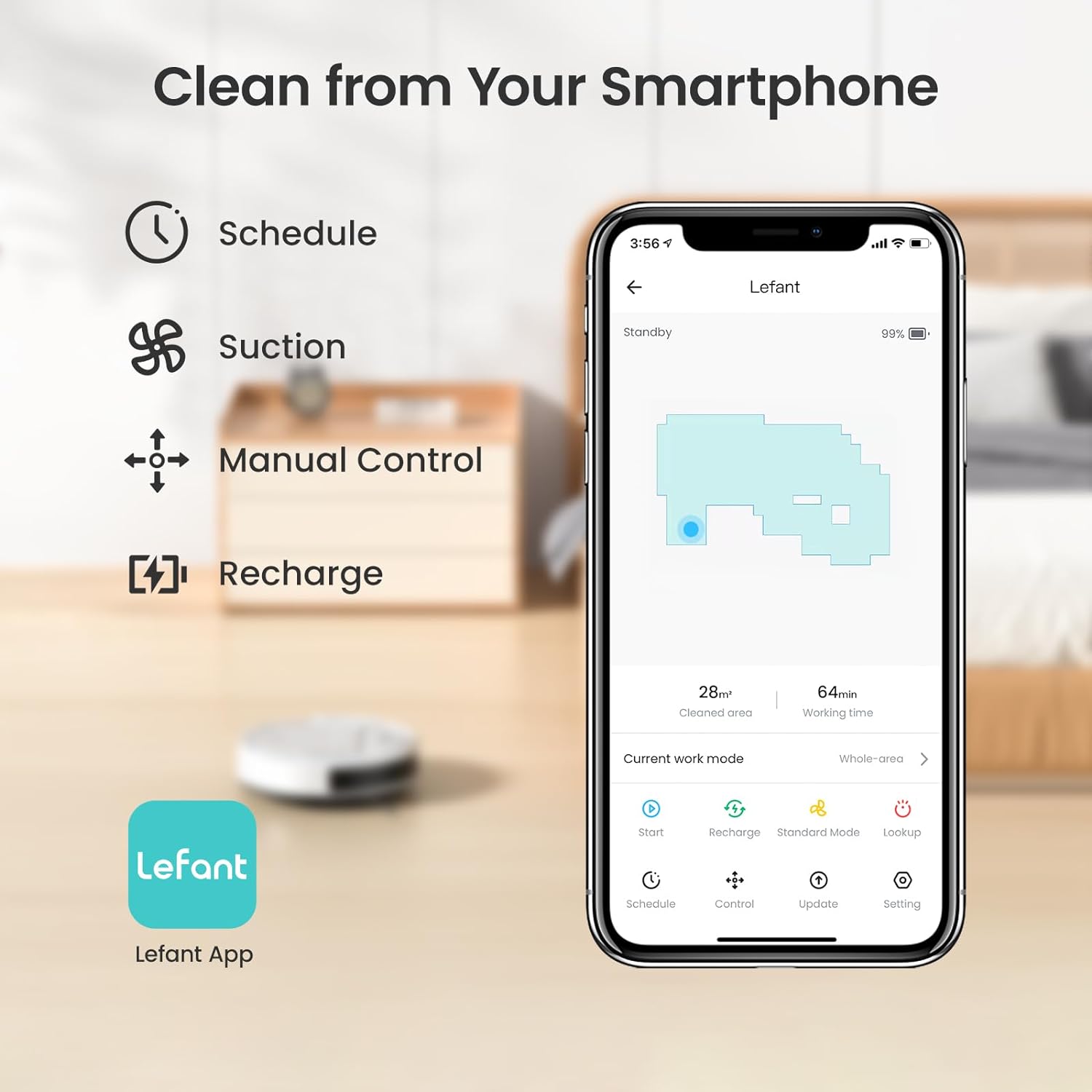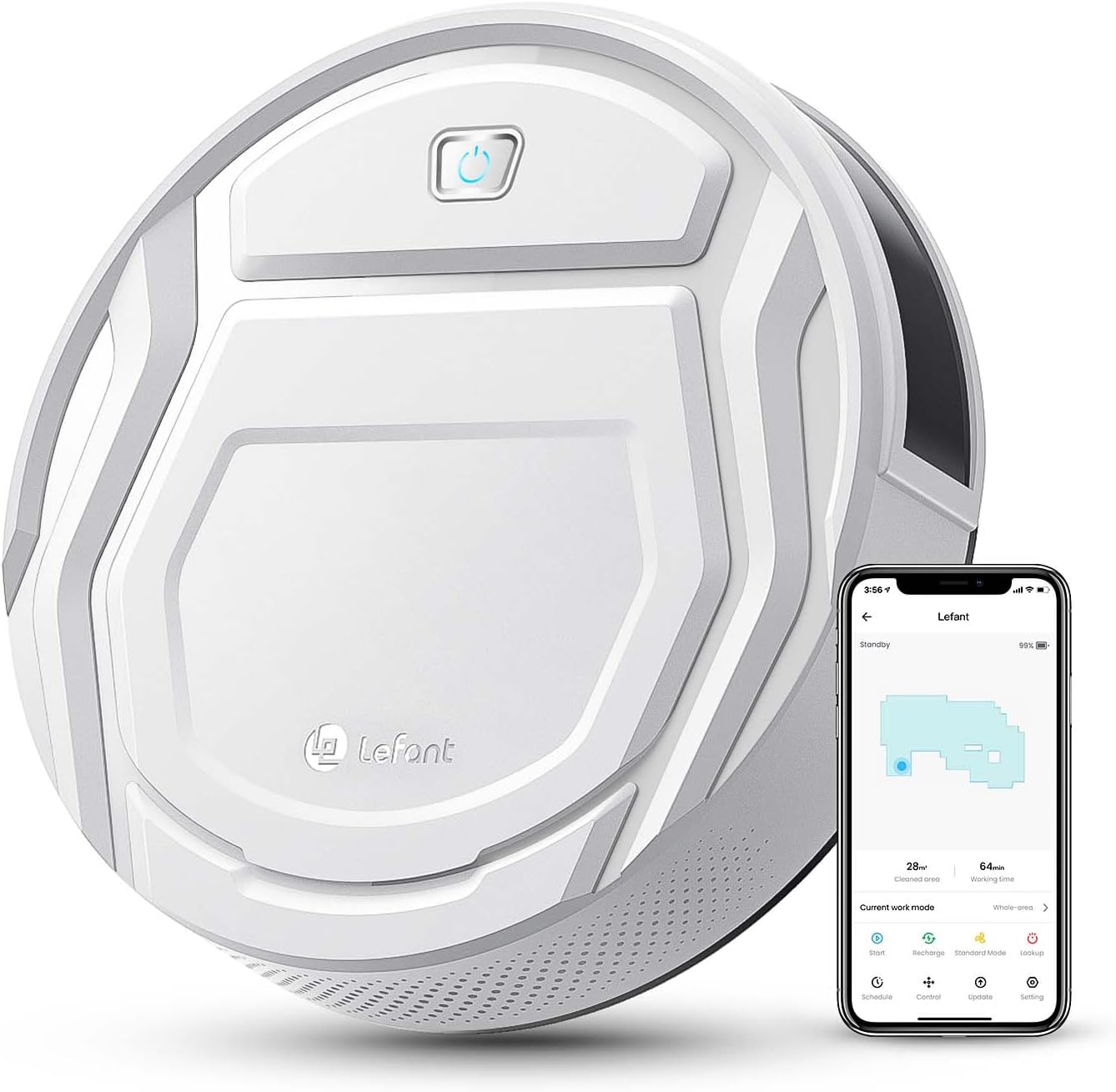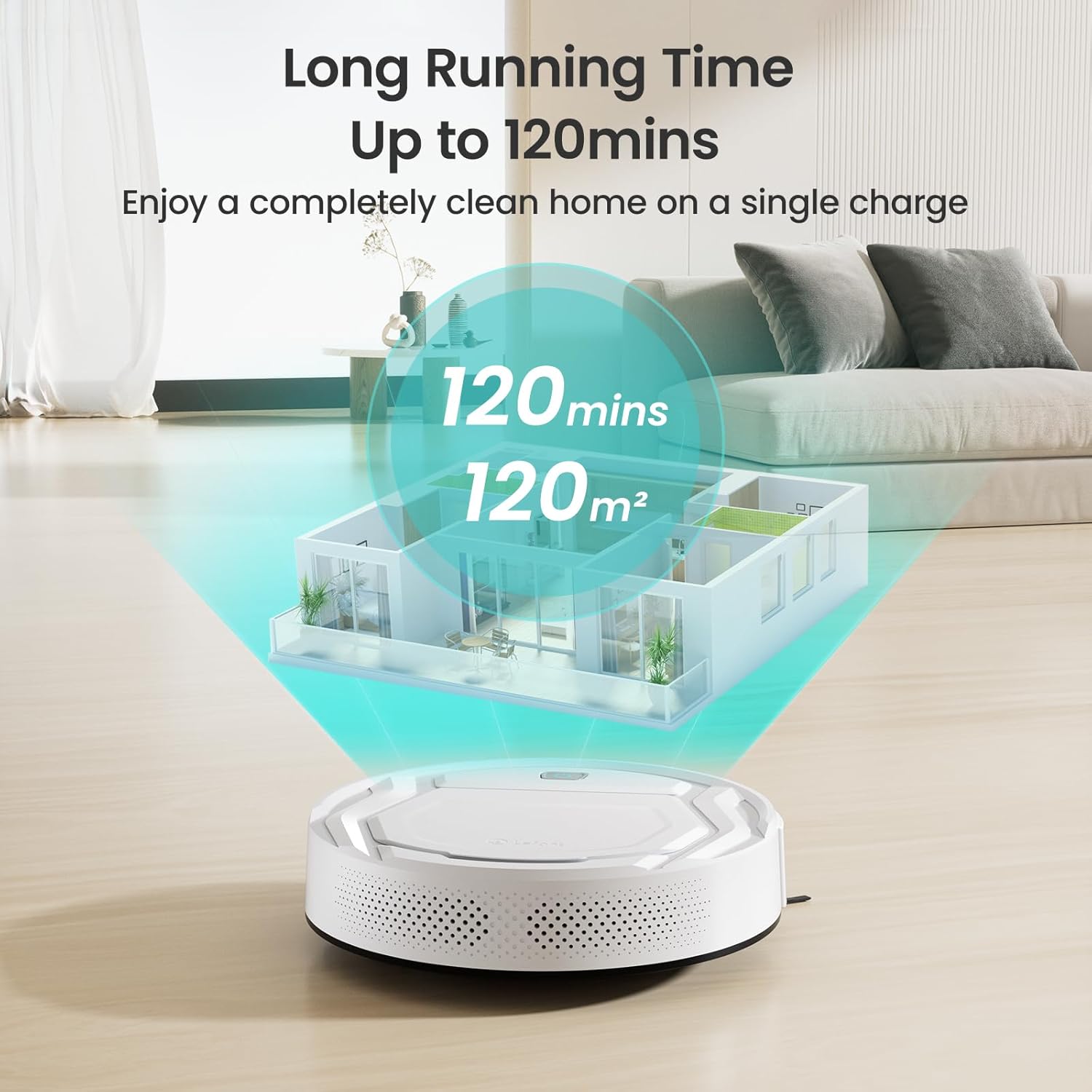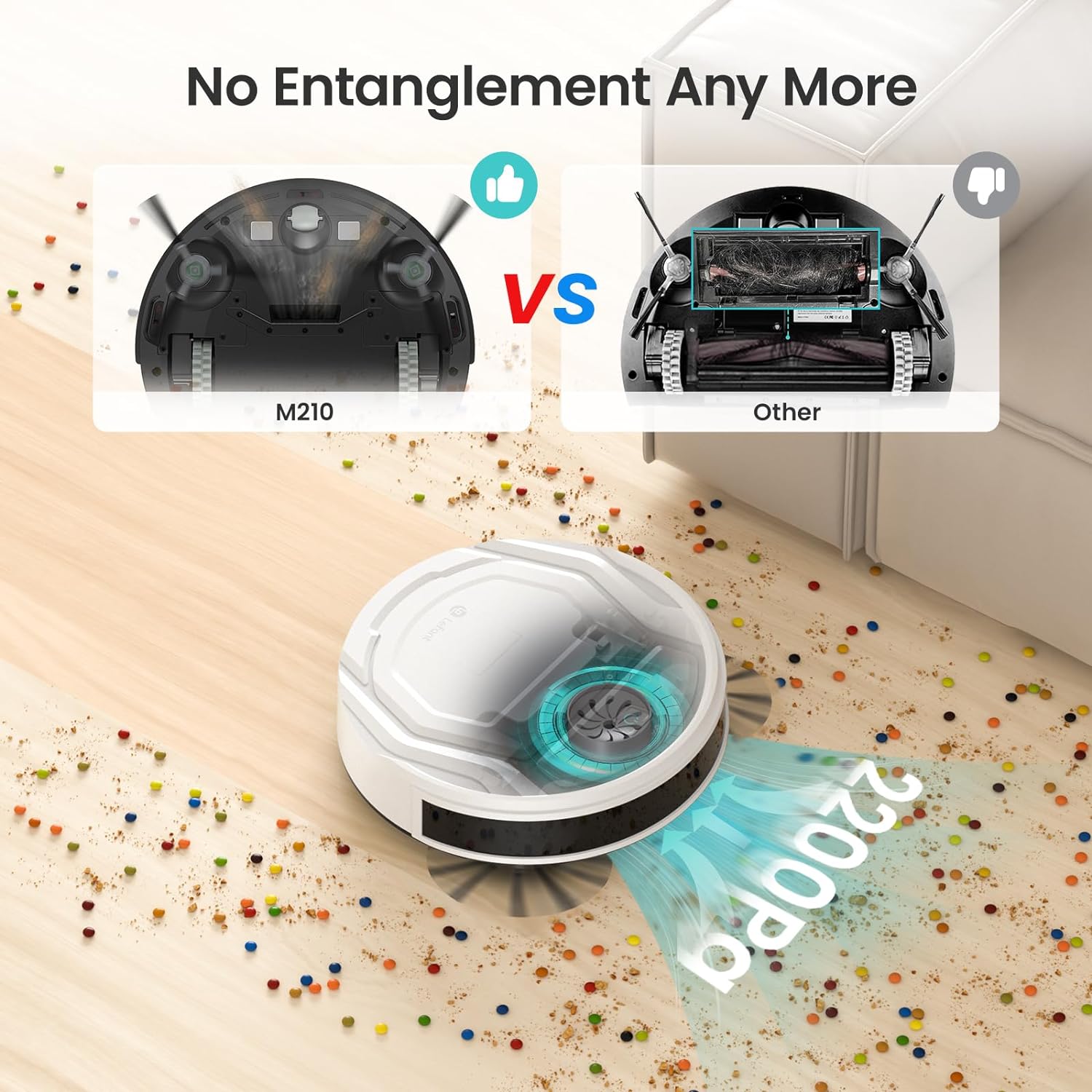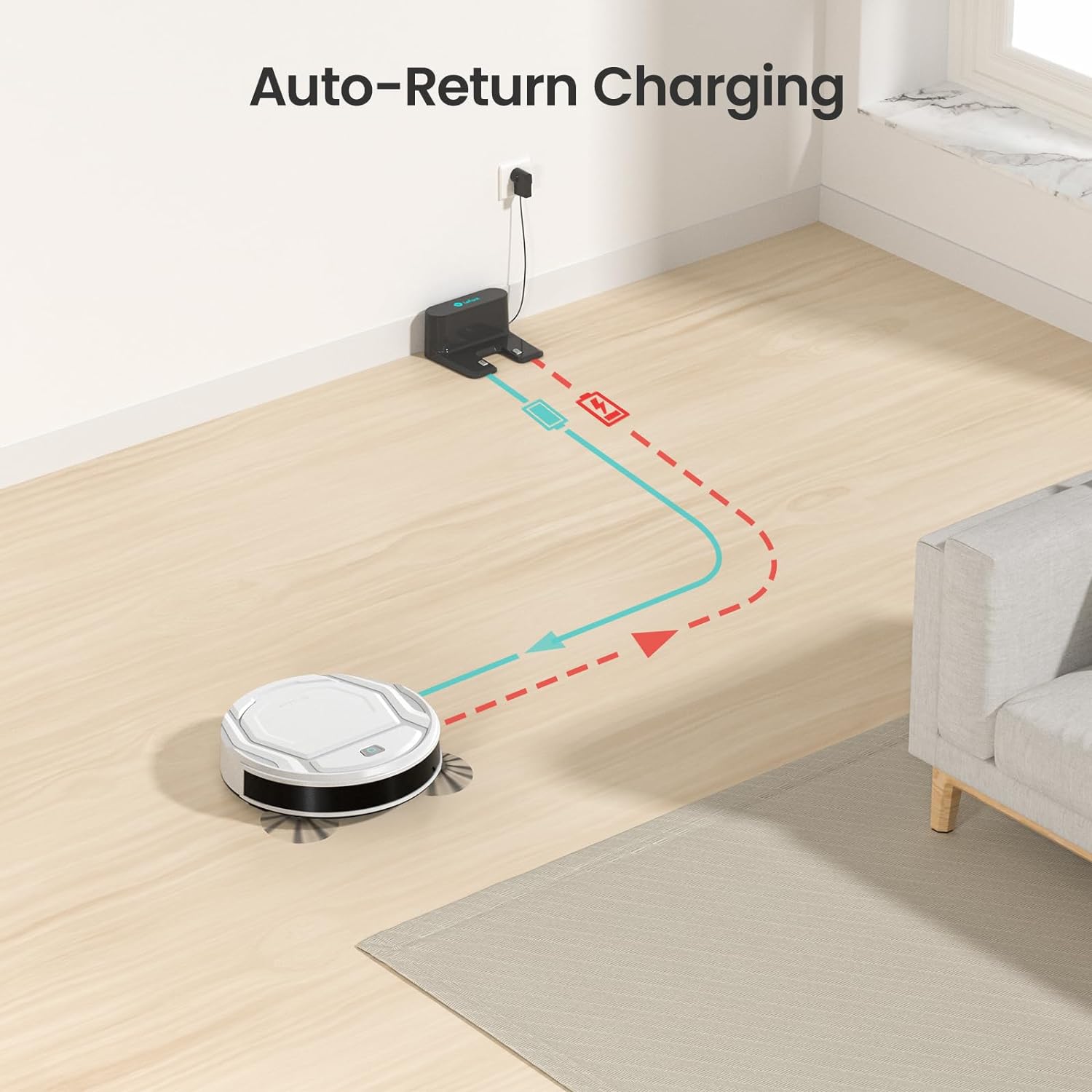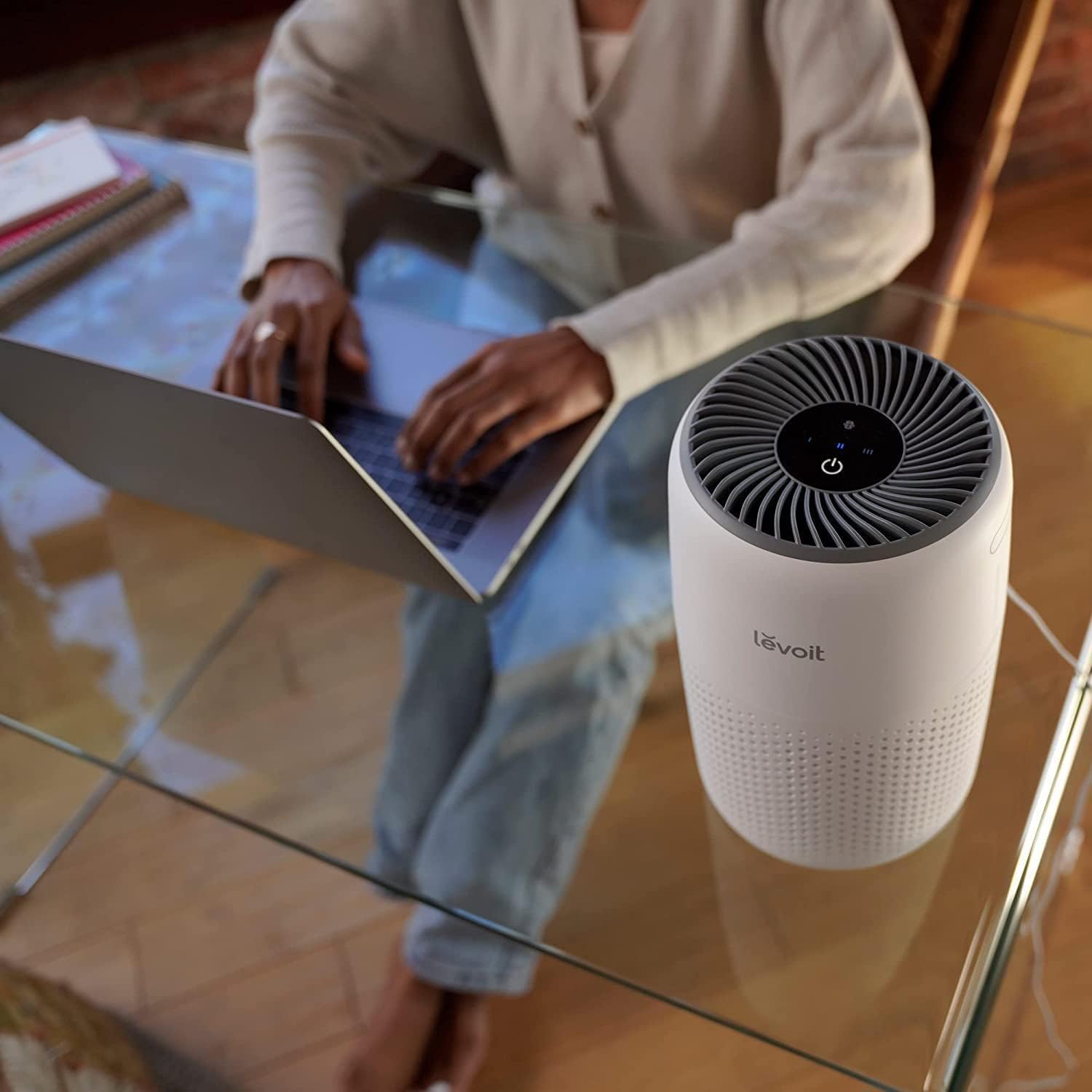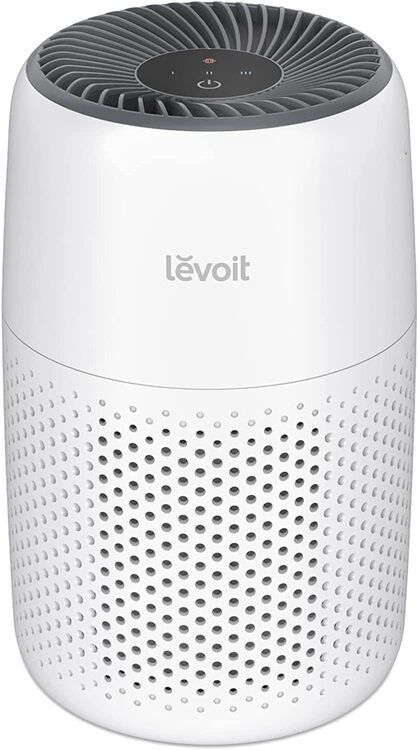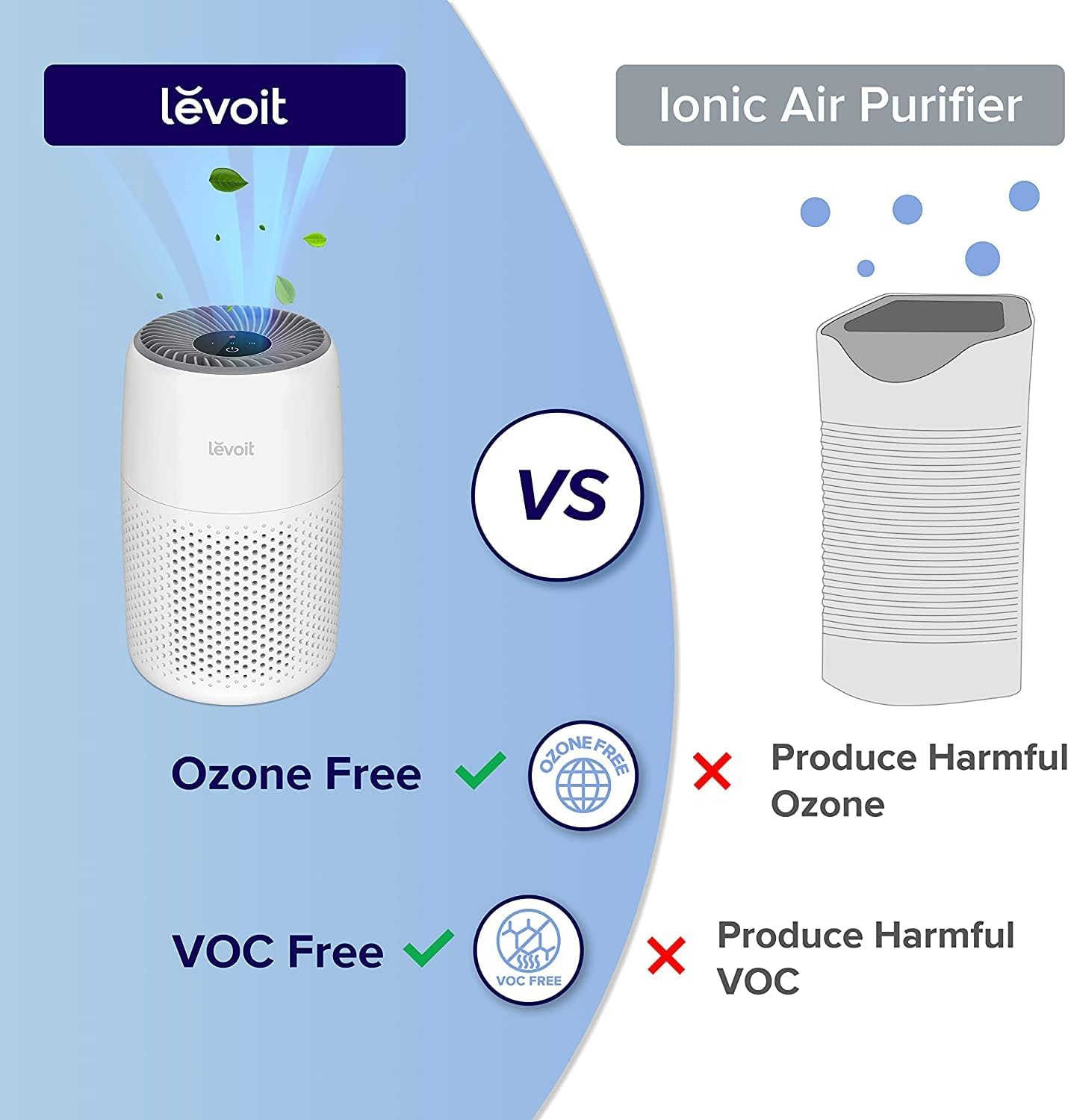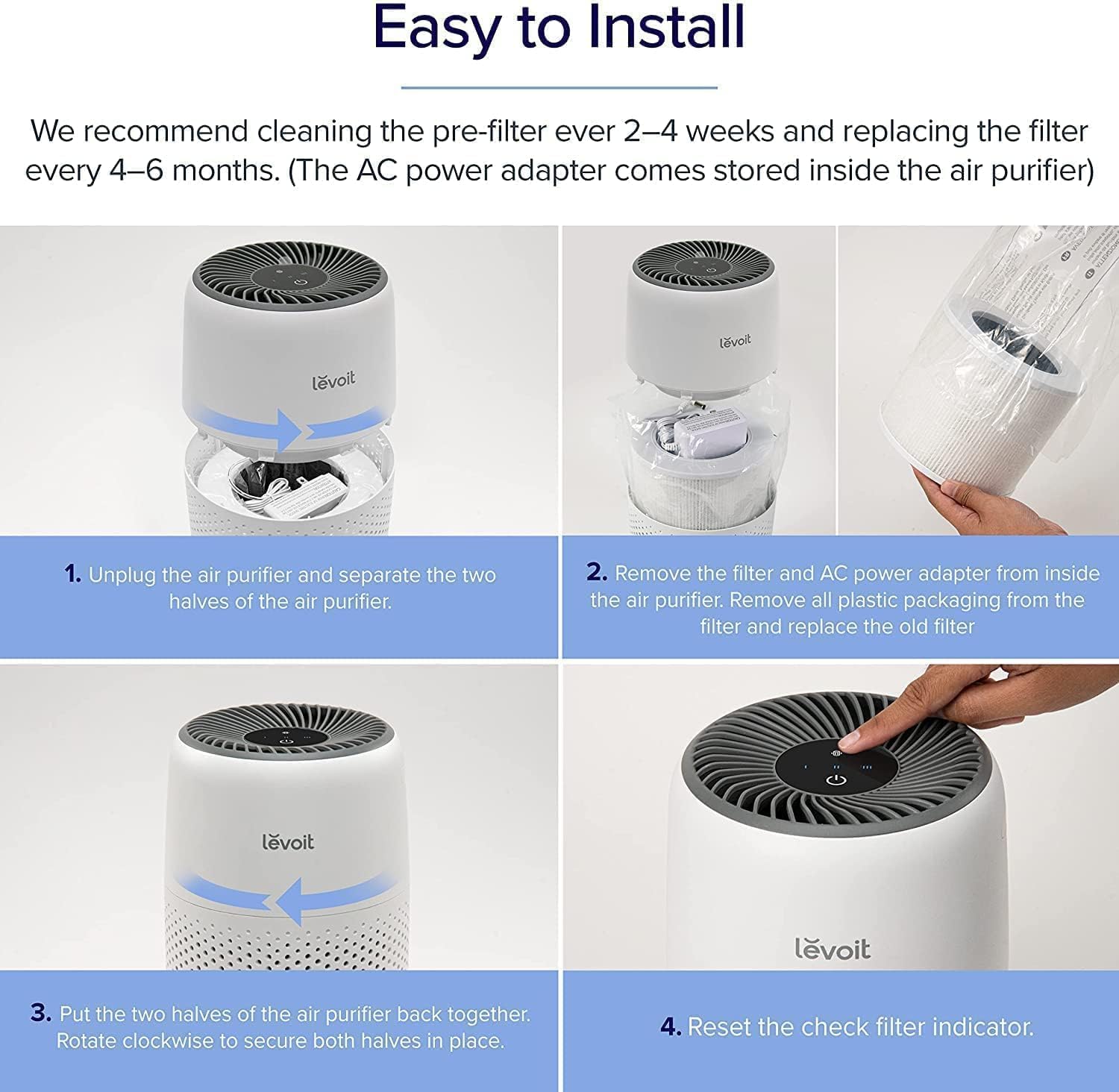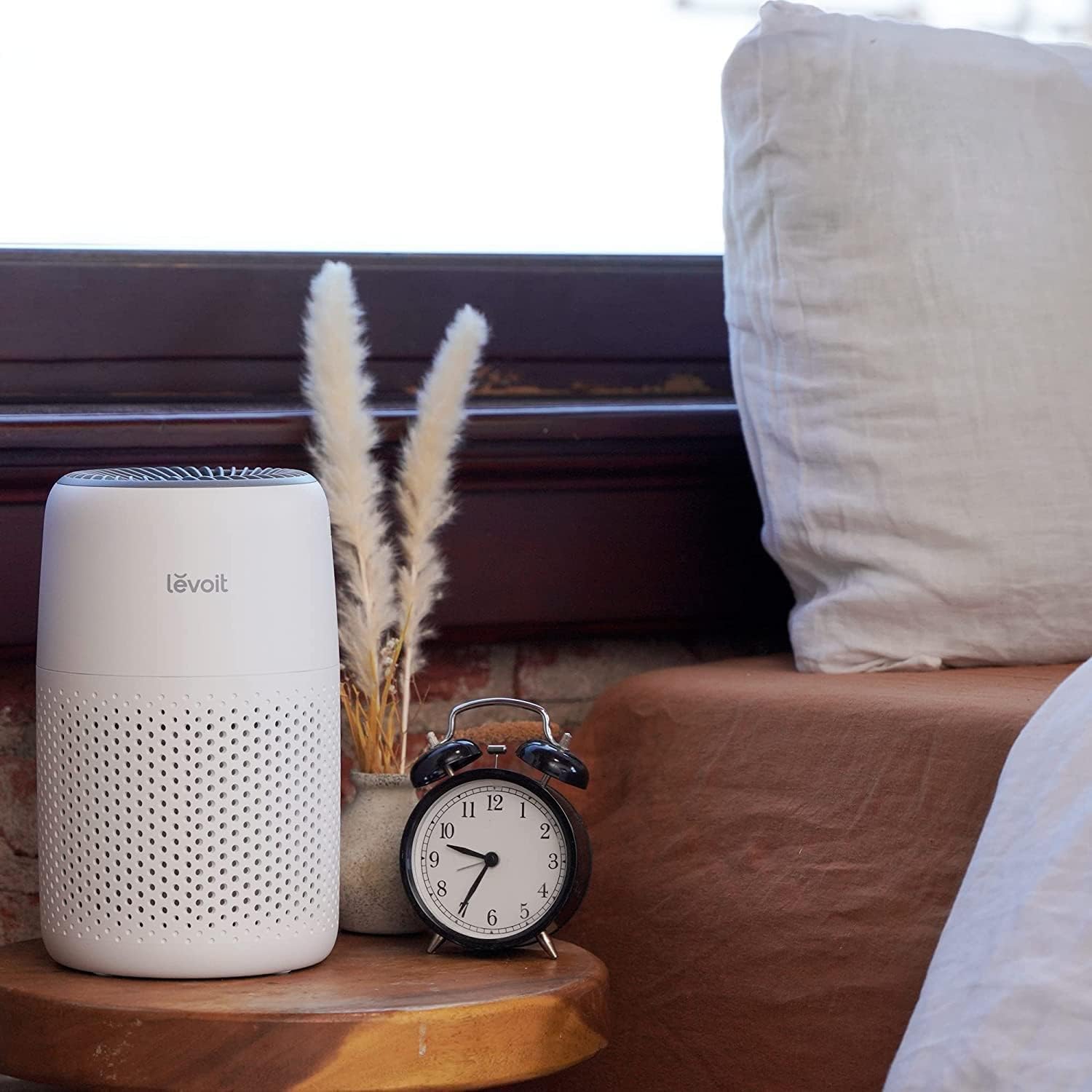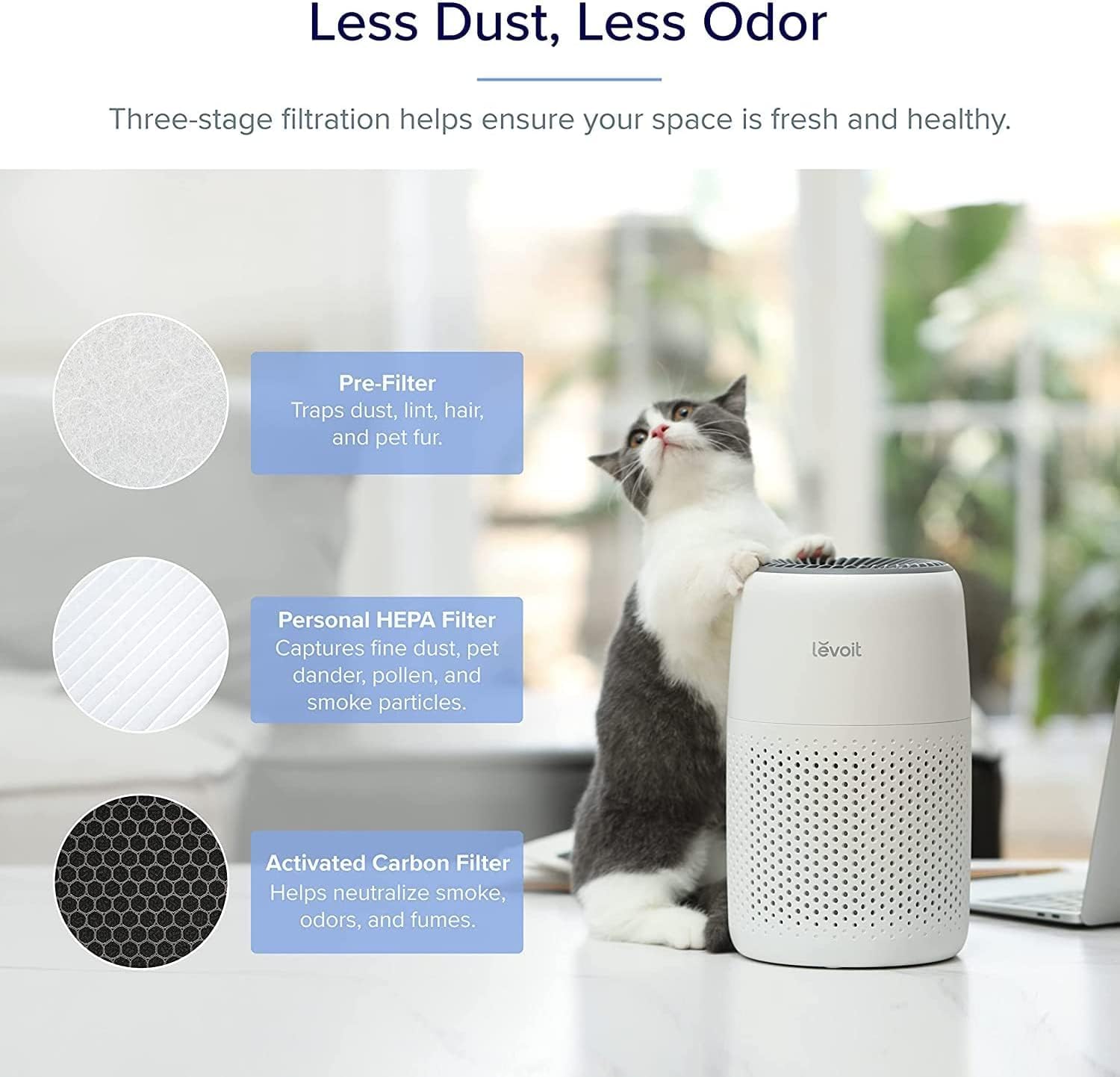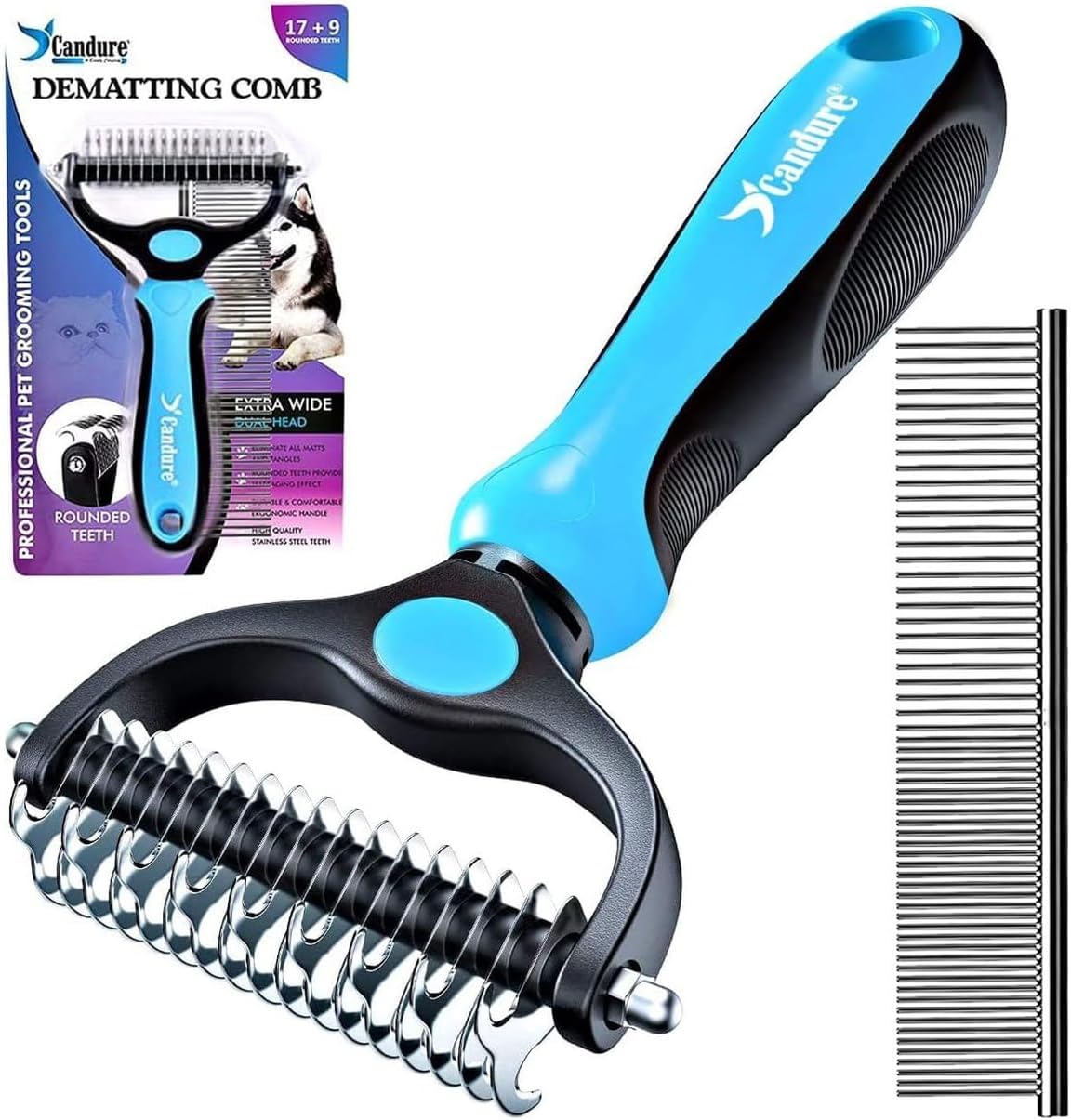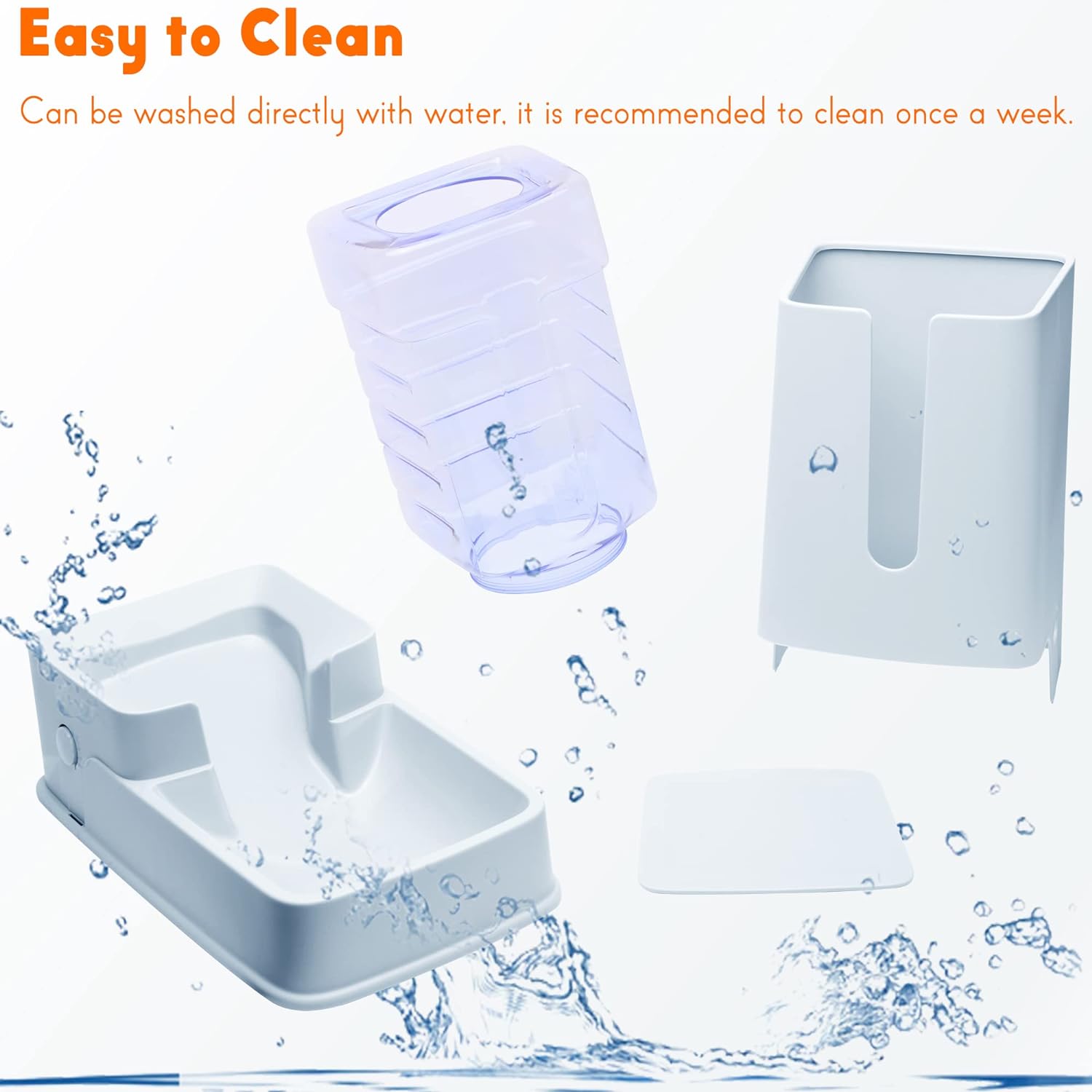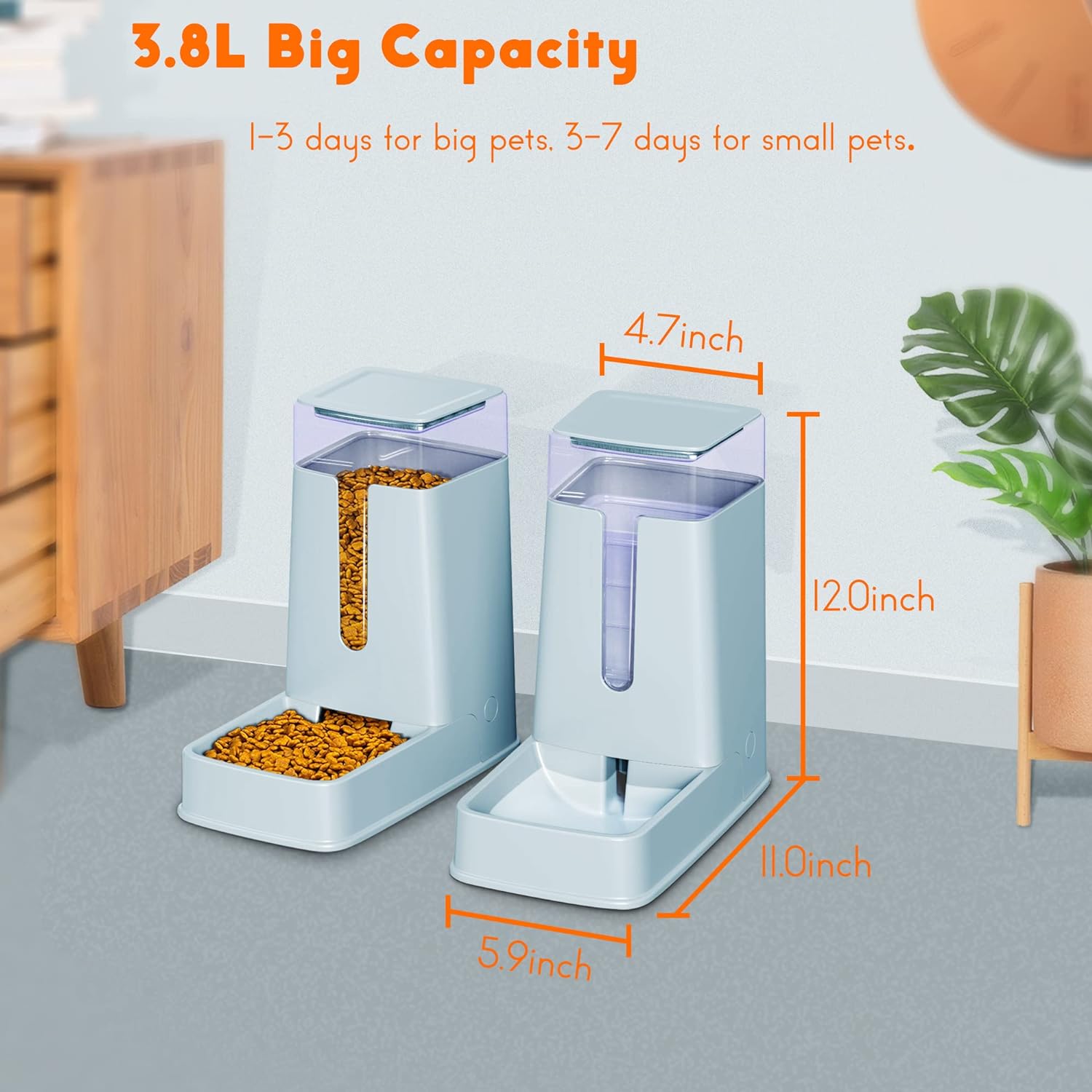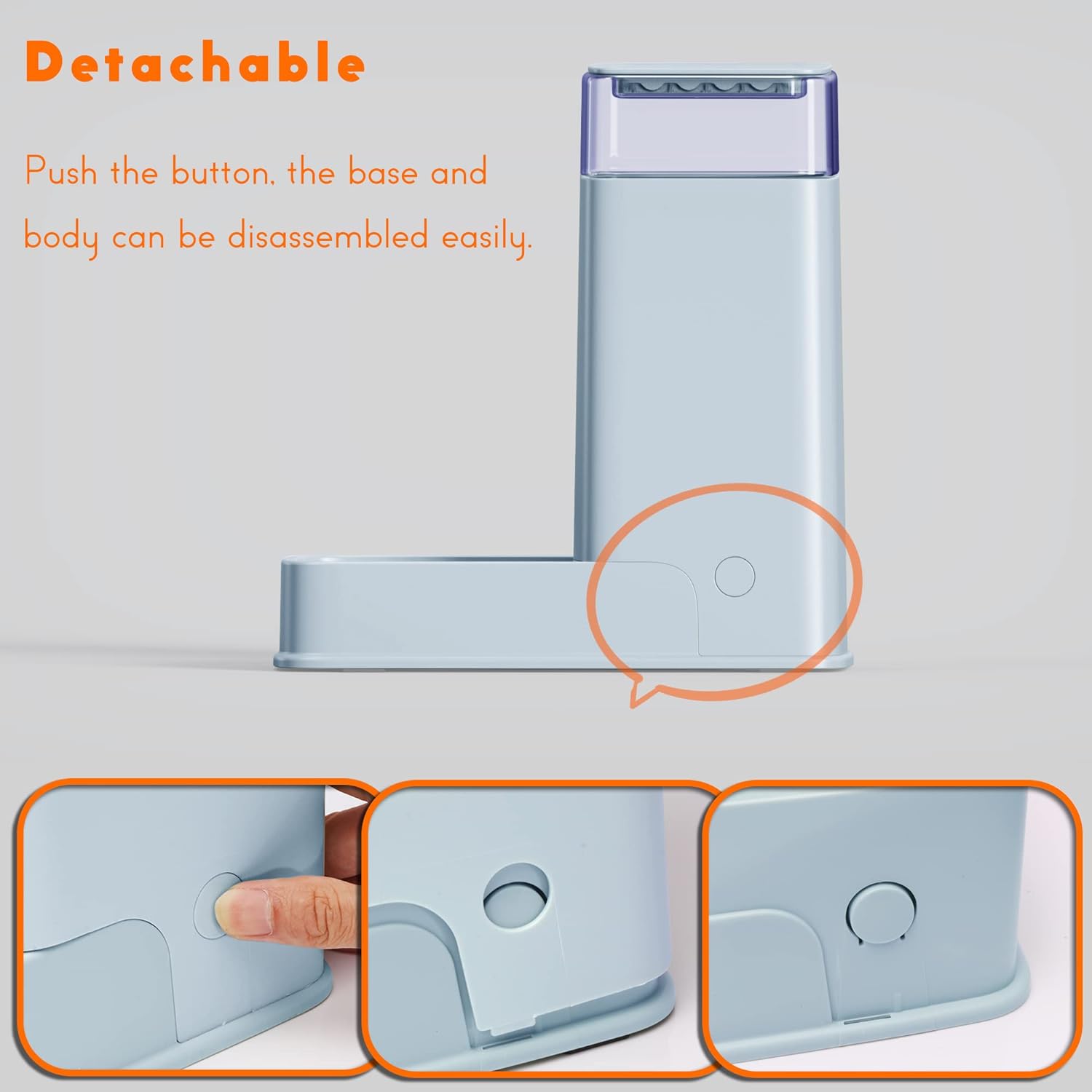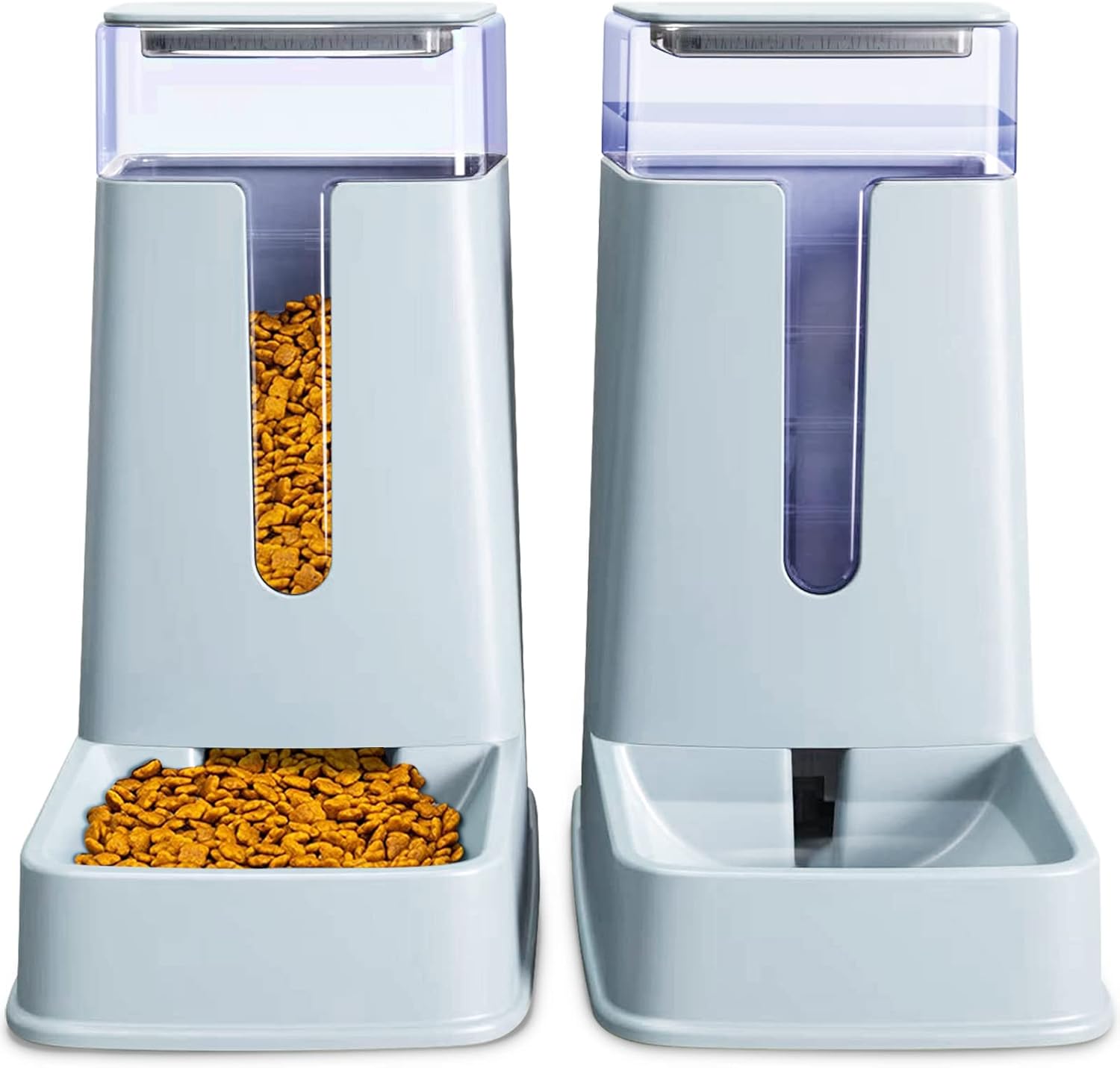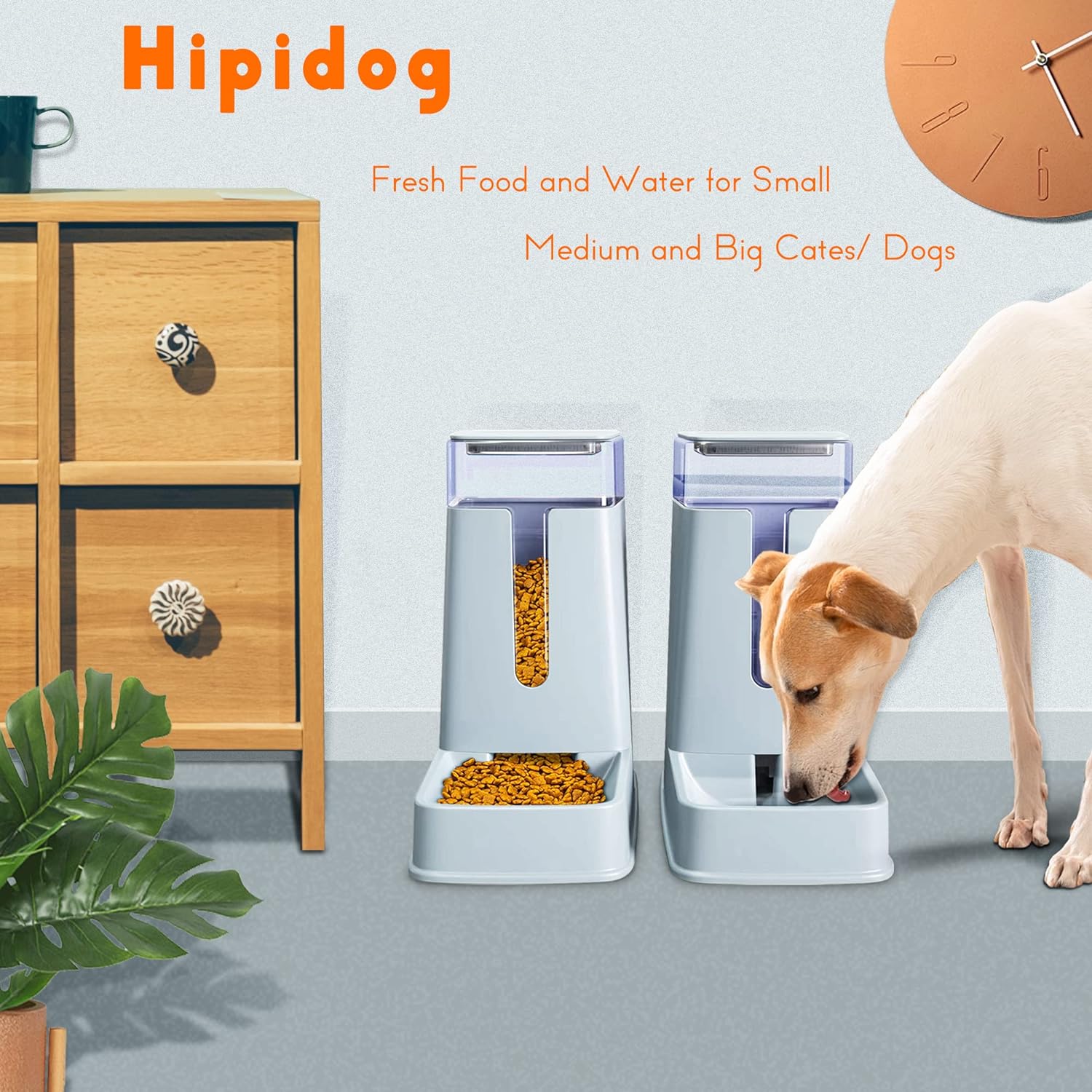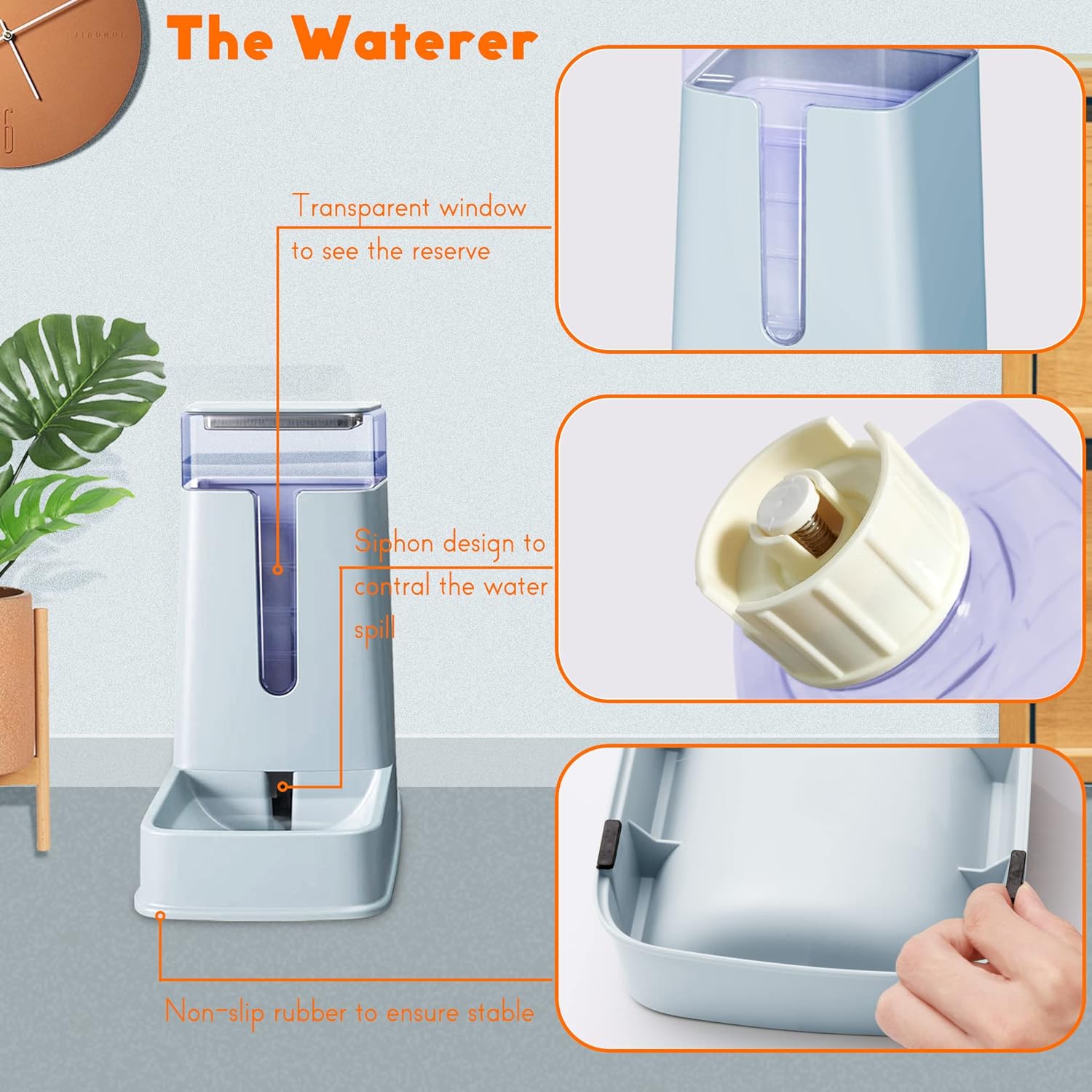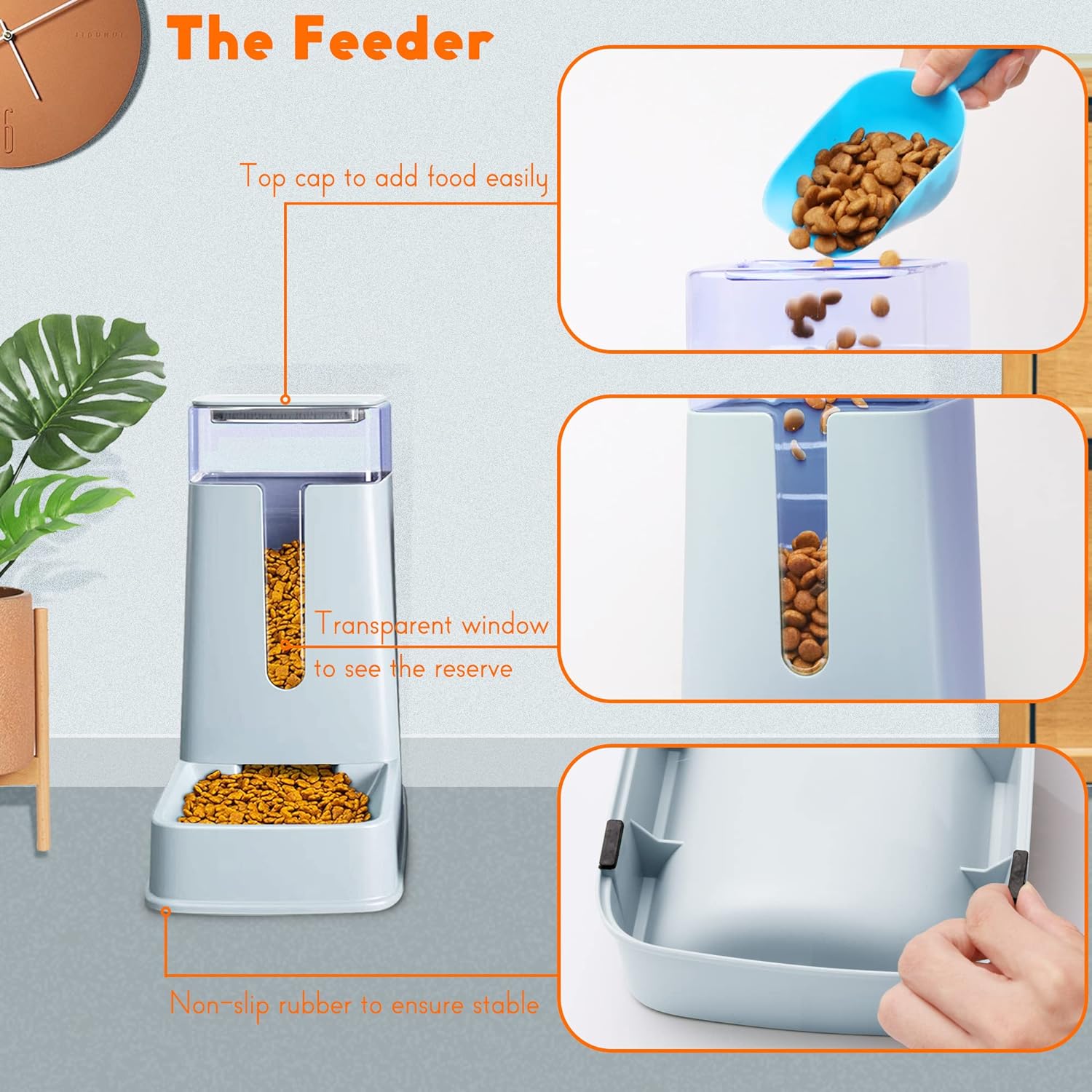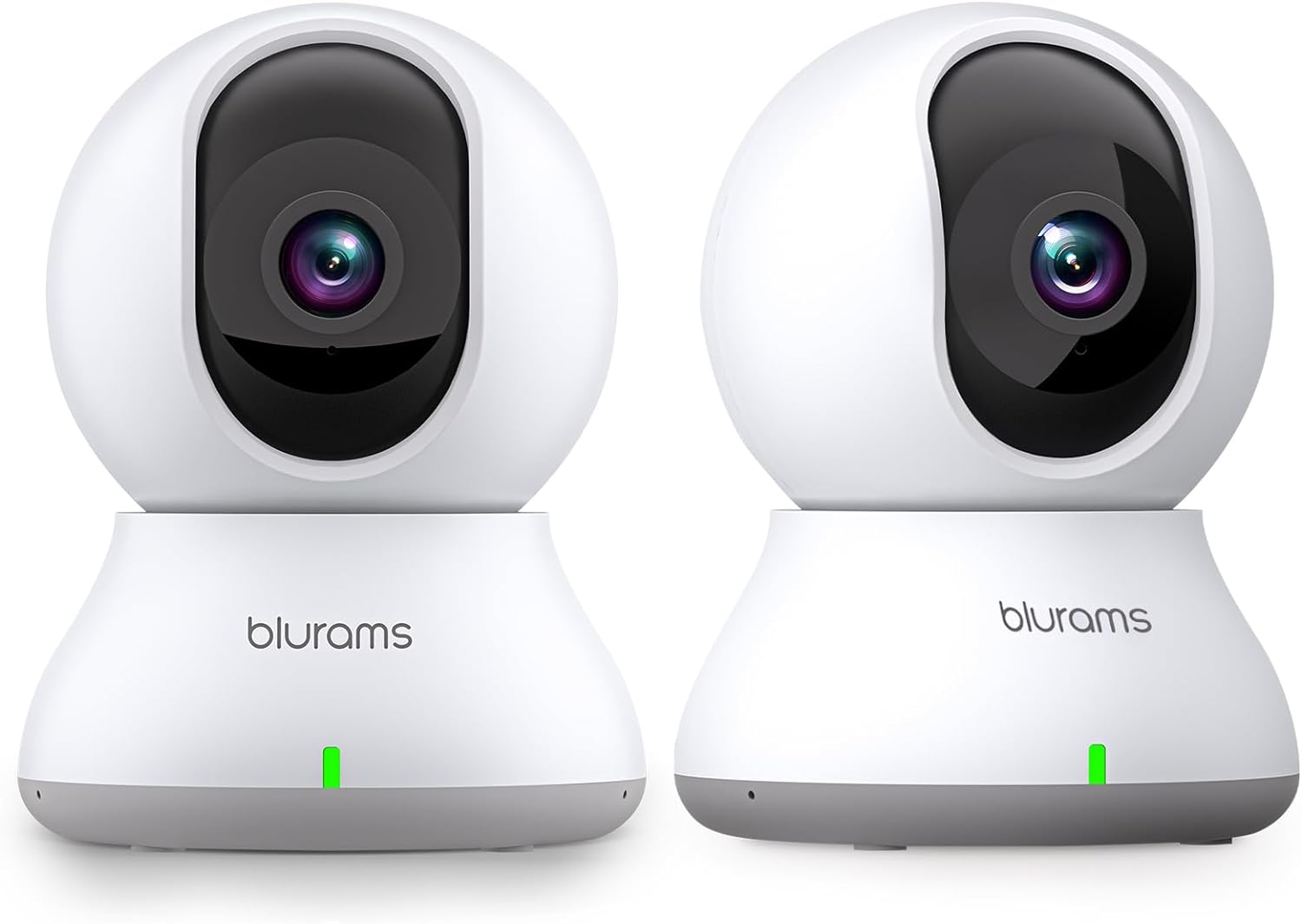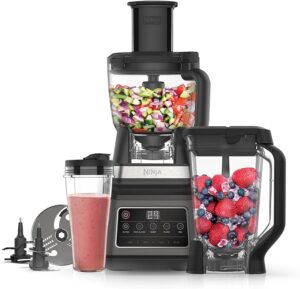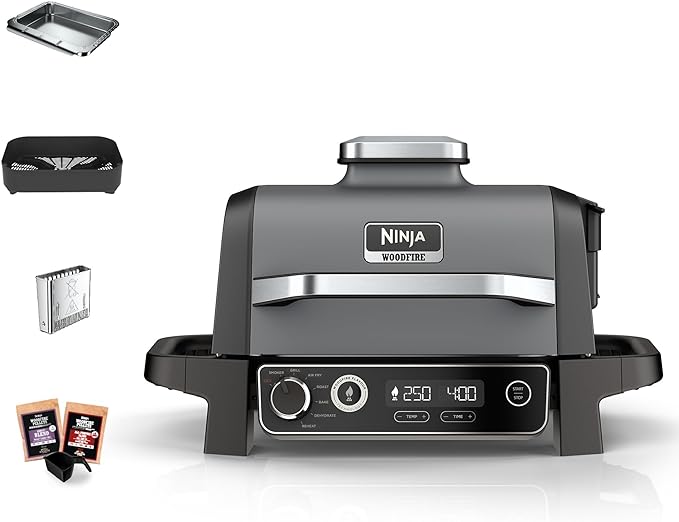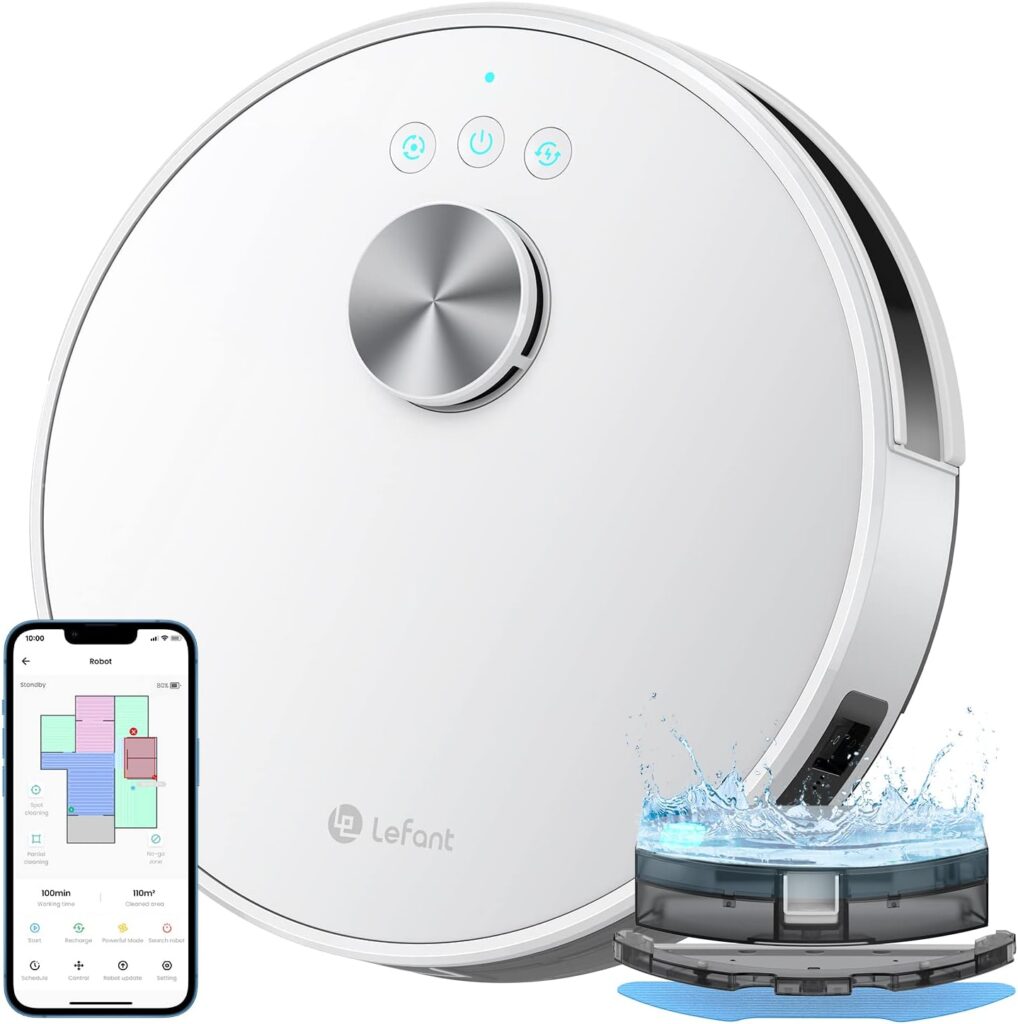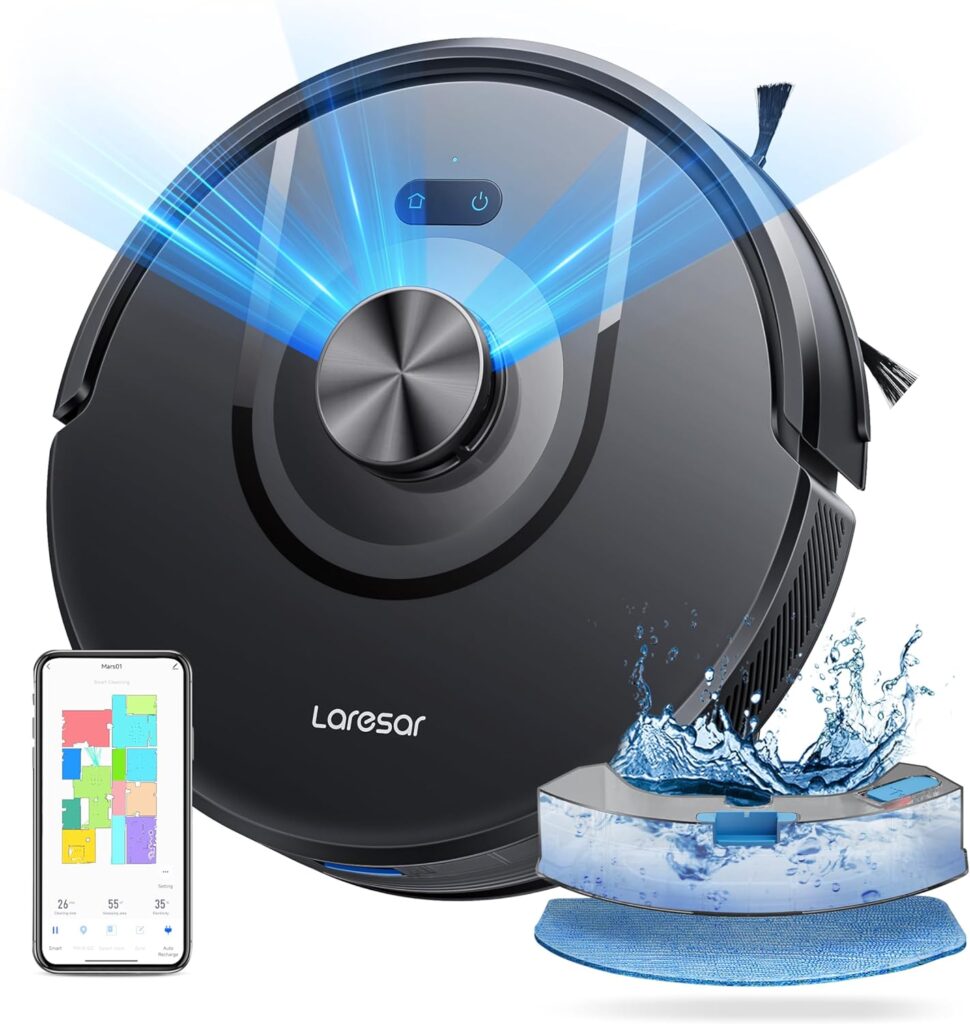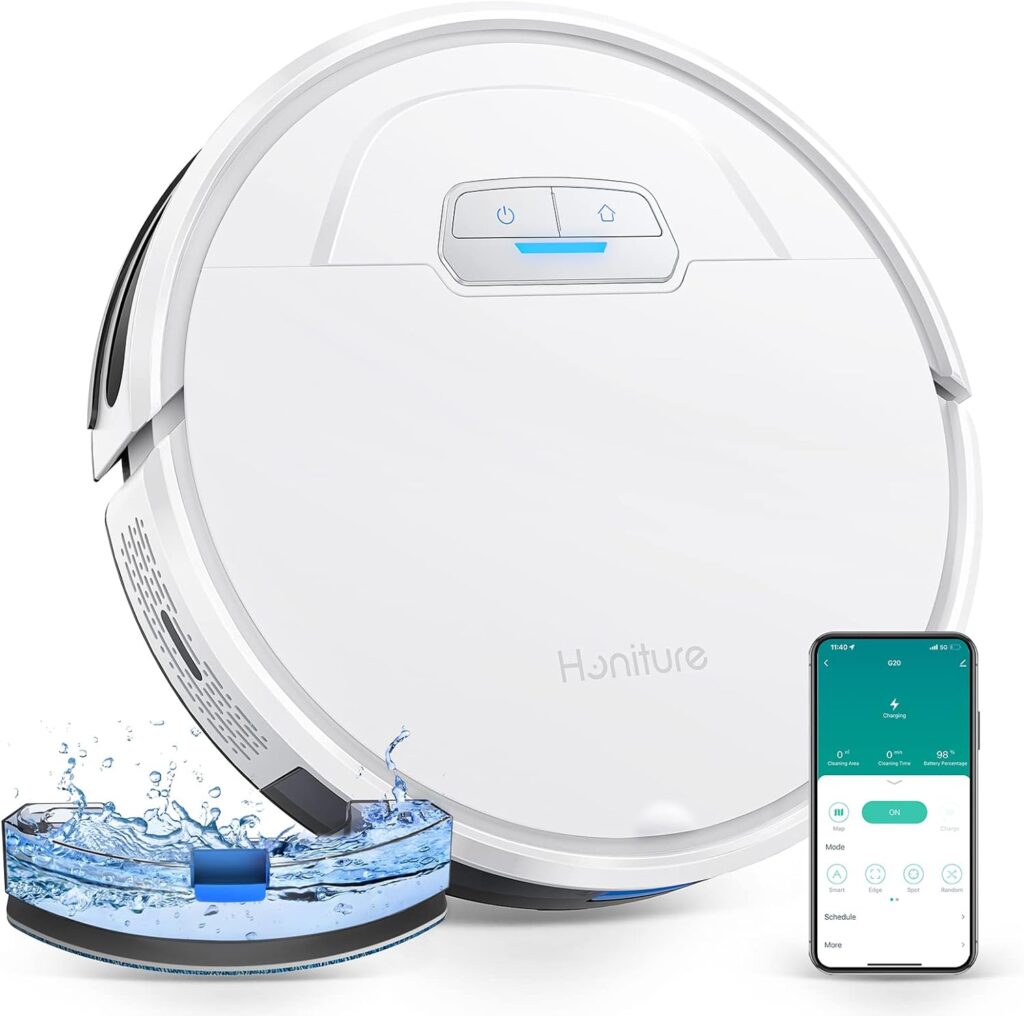The Definitive House Appliance Gift Guide In 2024
Welcome to “The Definitive House Appliance Gift Guide in 2024.” Finding the perfect gift can be challenging. Our guide simplifies your search with top appliance picks.
In 2024, innovative appliances are transforming our homes. They make life easier, more efficient, and often more enjoyable. Whether you’re buying for a tech enthusiast, a busy parent, or a home chef, there’s an appliance for everyone.
We’ve curated a list of must-have items, highlighting the best in functionality and design. From smart kitchen gadgets to advanced cleaning tools, these appliances are game changers.
Each recommendation is carefully selected for quality and innovation. You’ll find options to suit different tastes and budgets. Whether it’s a birthday, anniversary, or holiday gift, our guide has you covered.
Explore our top picks and discover why these appliances make perfect presents. Transform your gift-giving experience with practical and stylish home appliances. Let’s dive into the ultimate appliance gift guide for 2024!
Ninja Foodi MAX Dual Digital Air Fryer
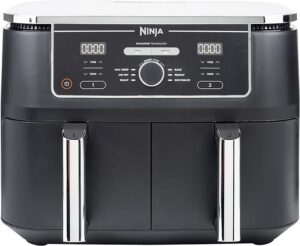
The Ninja Foodi MAX Dual Zone Air Fryer is a standout addition to our 2024 gift guide. Its dual-zone technology allows for simultaneous cooking of different foods. This feature is perfect for busy families and meal preppers.
The air fryer has six customizable programs, making it incredibly versatile. You can air fry, roast, bake, reheat, dehydrate, and more. Its large capacity, with two independent 4.75L zones, is ideal for cooking family-sized meals. This saves time and energy, reducing the need for multiple cooking sessions.
The Ninja Foodi MAX offers healthier cooking with up to 75% less fat than traditional frying. It delivers crispy, delicious results without the guilt. Its non-stick, dishwasher-safe parts make cleanup a breeze, adding to its convenience.
This air fryer also includes a handy sync feature, ensuring both zones finish cooking at the same time. This means you can enjoy a complete meal, perfectly cooked, without any hassle.
The Ninja Foodi MAX’s sleek design fits well in any kitchen, making it a practical and stylish gift. For anyone who loves cooking or wants to eat healthier, this air fryer is a must-have.
Its advanced features, ease of use, and health benefits make it an excellent gift choice. Impress your loved ones with the Ninja Foodi MAX Dual Zone Air Fryer. It’s a perfect blend of innovation, convenience, and style, making it a top pick for 2024.
Amazon Echo Dot (5th generation | Latest 2022 release)

The Echo Dot (5th generation) is an essential addition to our 2024 gift guide. Its sleek design and improved audio make it a perfect home companion. This smart speaker offers enhanced sound quality, delivering clear vocals and balanced bass. It’s ideal for music, podcasts, and audiobooks.
The Echo Dot integrates seamlessly with Alexa, Amazon’s voice assistant. It allows users to control smart home devices, set reminders, and check the weather. This makes daily tasks easier and more efficient. The Echo Dot can also play music from popular streaming services like Spotify and Apple Music.
Its compact size fits perfectly in any room, from the kitchen to the bedroom. The Echo Dot is designed with privacy in mind, featuring a microphone off button to protect user data. It’s a thoughtful gift for tech enthusiasts and anyone looking to streamline their home with smart technology.
The Echo Dot also supports multi-room audio, enabling synchronized music playback across different rooms. This feature enhances the home entertainment experience. Additionally, it can act as an intercom system, allowing for easy communication within the household.
The device’s versatility and smart features make it a standout gift in 2024. Its ease of use and wide range of capabilities ensure it will be a hit with any recipient. For a modern, connected home, the Echo Dot (5th generation) is a must-have appliance, offering convenience, entertainment, and smart functionality.
Lorem ipsum dolor sit amet, consectetur adipiscing elit. Ut elit tellus, luctus nec ullamcorper mattis, pulvinar dapibus leo.
Lefant Robot Vacuum Cleaner
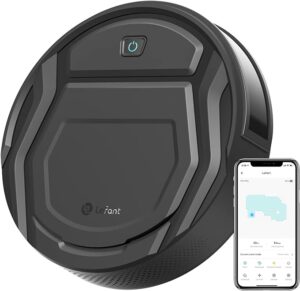
The Lefant M210P Robot Vacuum Cleaner is a must-have for our 2024 gift guide. Its compact design ensures it fits under furniture effortlessly. This robot vacuum features powerful suction, making it effective on both carpets and hard floors.
Equipped with advanced navigation technology, the M210P avoids obstacles and cleans efficiently. It’s perfect for pet owners, as it easily picks up pet hair. The vacuum operates quietly, so it won’t disturb your household.
One of its standout features is the self-charging capability. When the battery is low, it automatically returns to its charging dock. This ensures it’s always ready for the next cleaning session. The M210P also offers multiple cleaning modes, including auto, edge, and spot cleaning.
Its easy-to-use app allows you to control the vacuum remotely. You can schedule cleaning times and monitor its progress from your smartphone. This convenience makes it a fantastic gift for busy individuals.
The Lefant M210P’s strong suction power and efficient design make it a practical addition to any home. It provides thorough cleaning without any manual effort.
The vacuum’s smart sensors prevent it from falling downstairs, ensuring safe operation. It’s also designed with a HEPA filter, capturing dust and allergens effectively. This feature is particularly beneficial for allergy sufferers.
The Lefant M210P Robot Vacuum Cleaner combines functionality, convenience, and advanced technology. It’s an ideal gift for anyone looking to simplify their cleaning routine. Include this in your gift list for a thoughtful and innovative home appliance present.
If you have enjoyed this blog and would like to read more then just click here.

